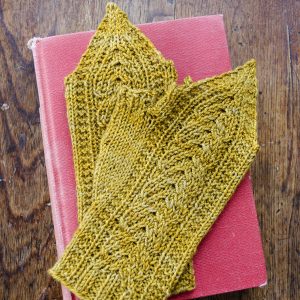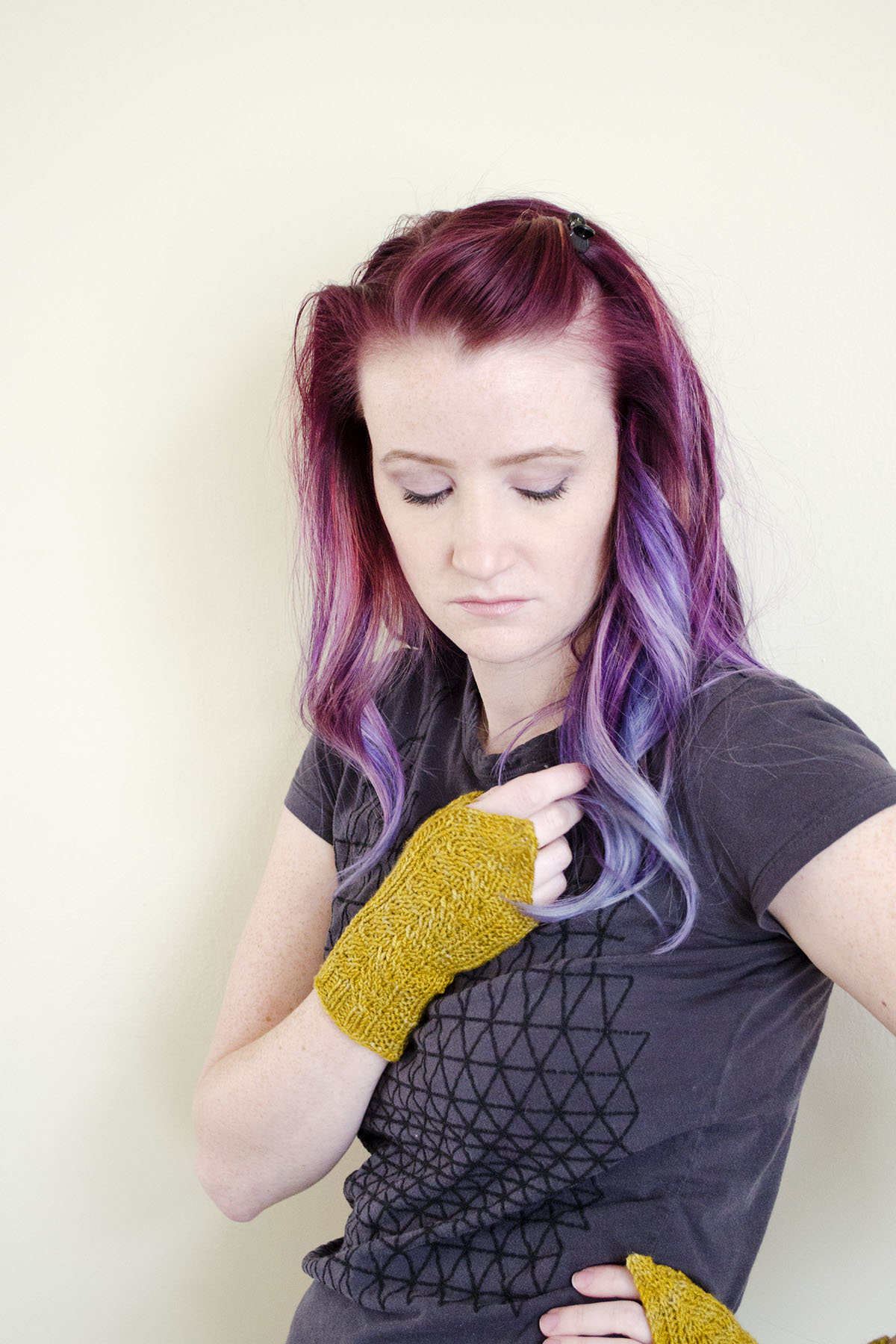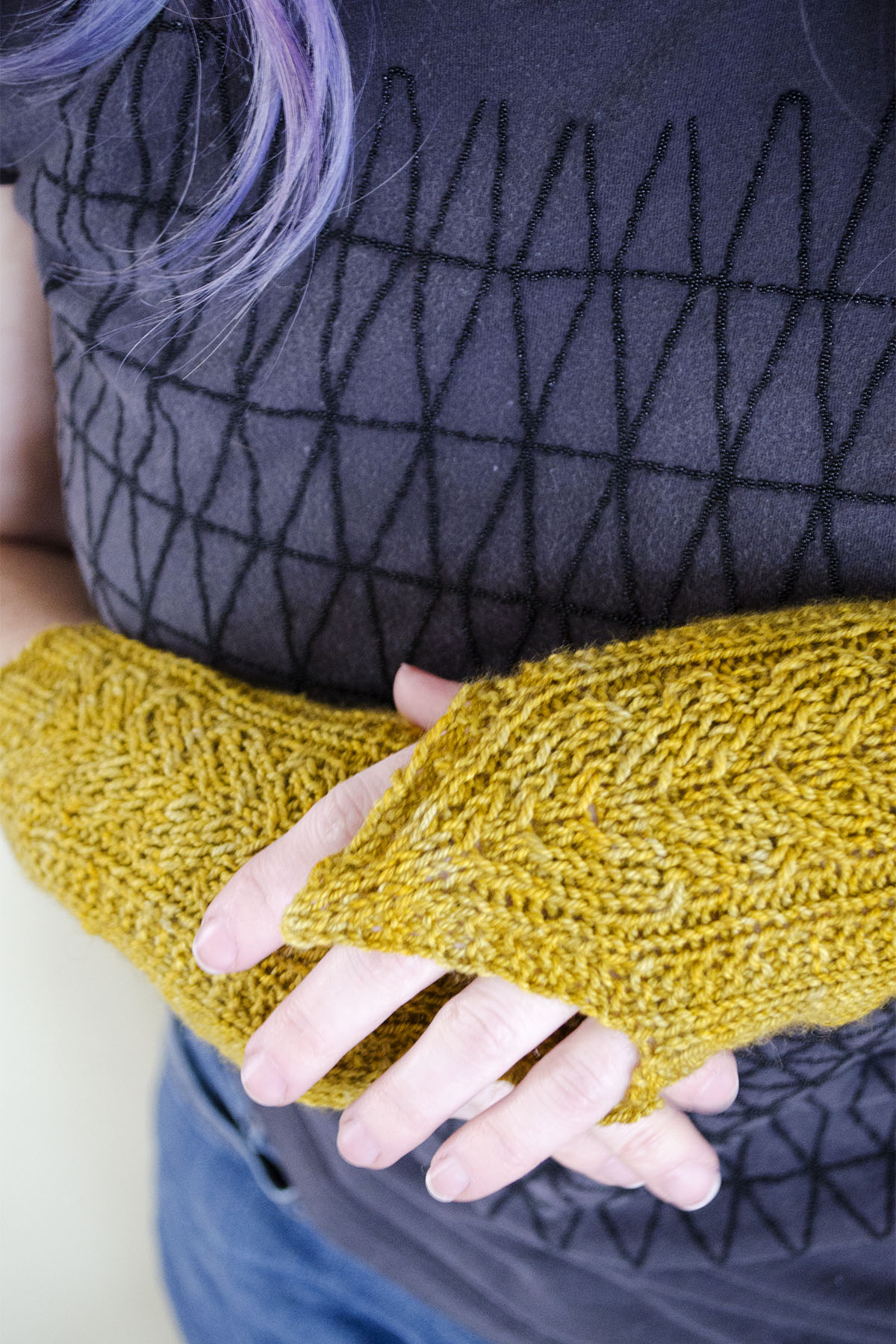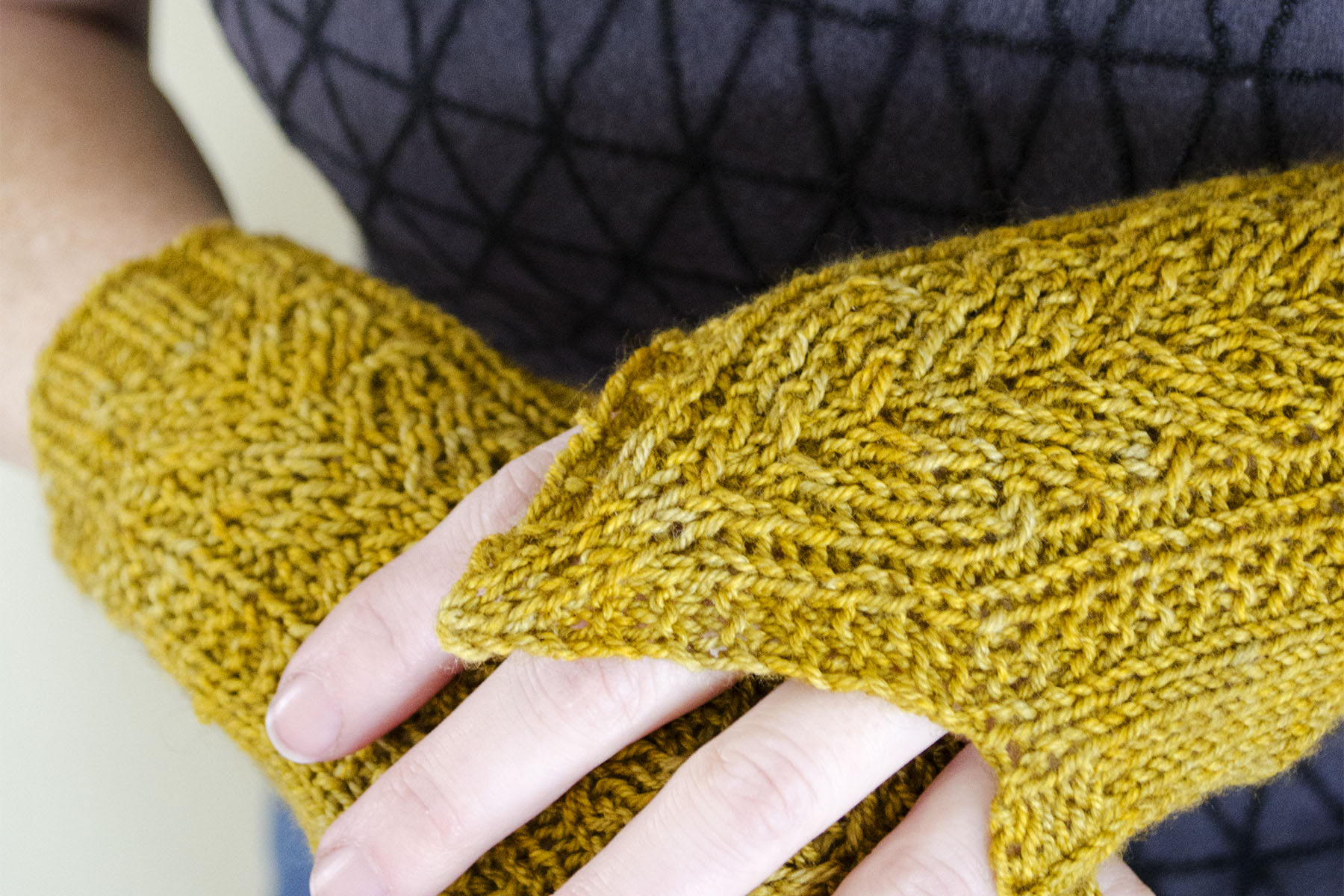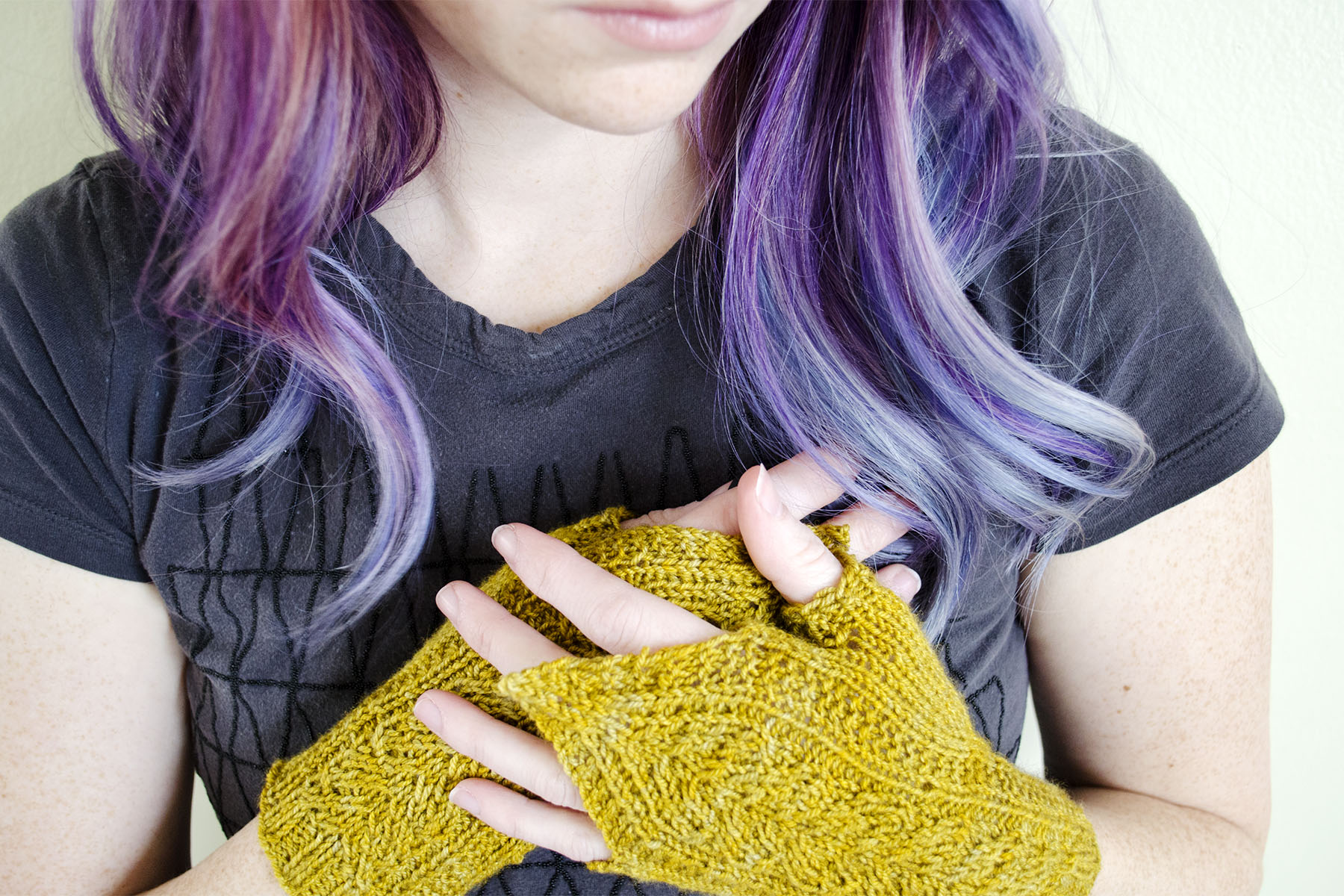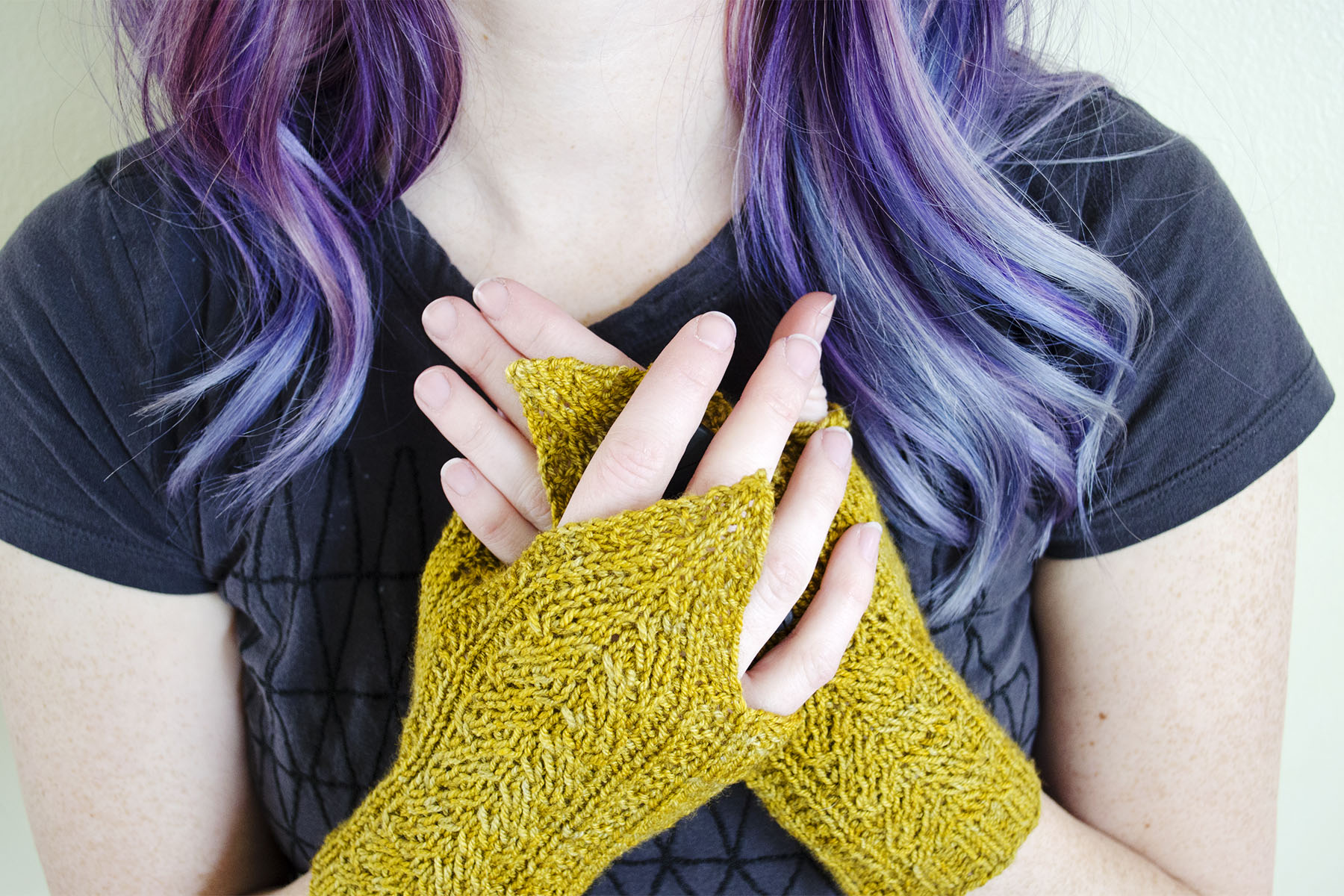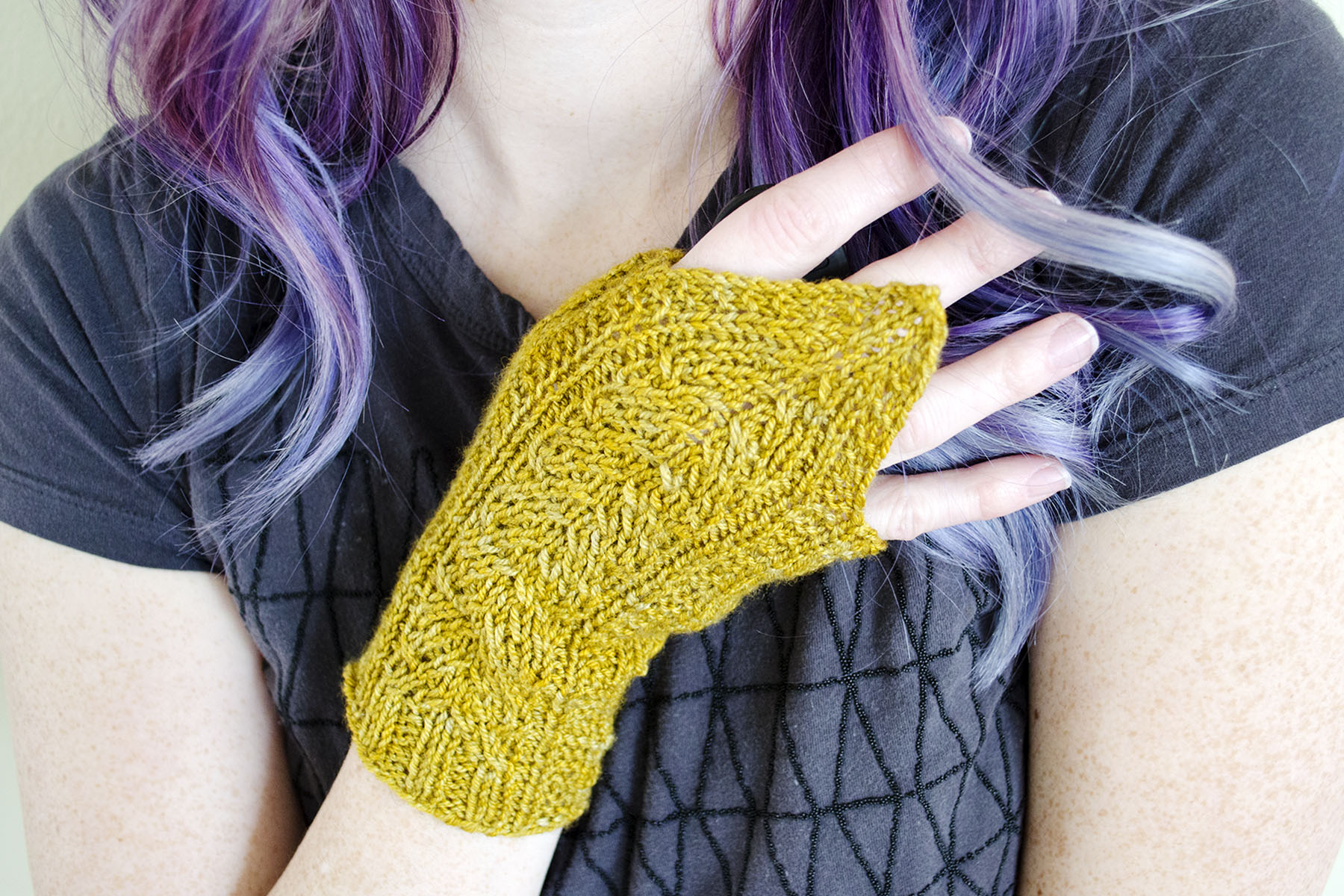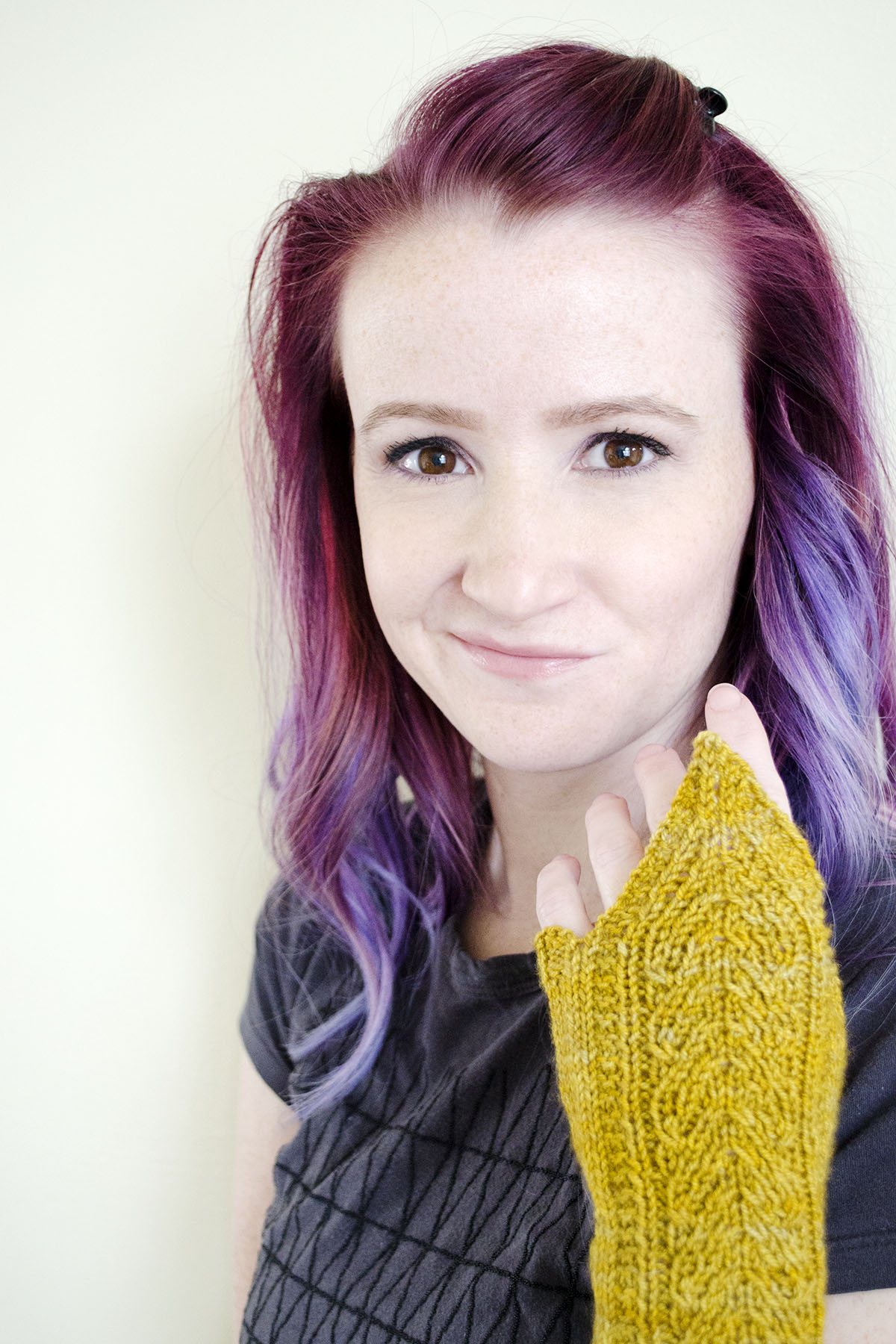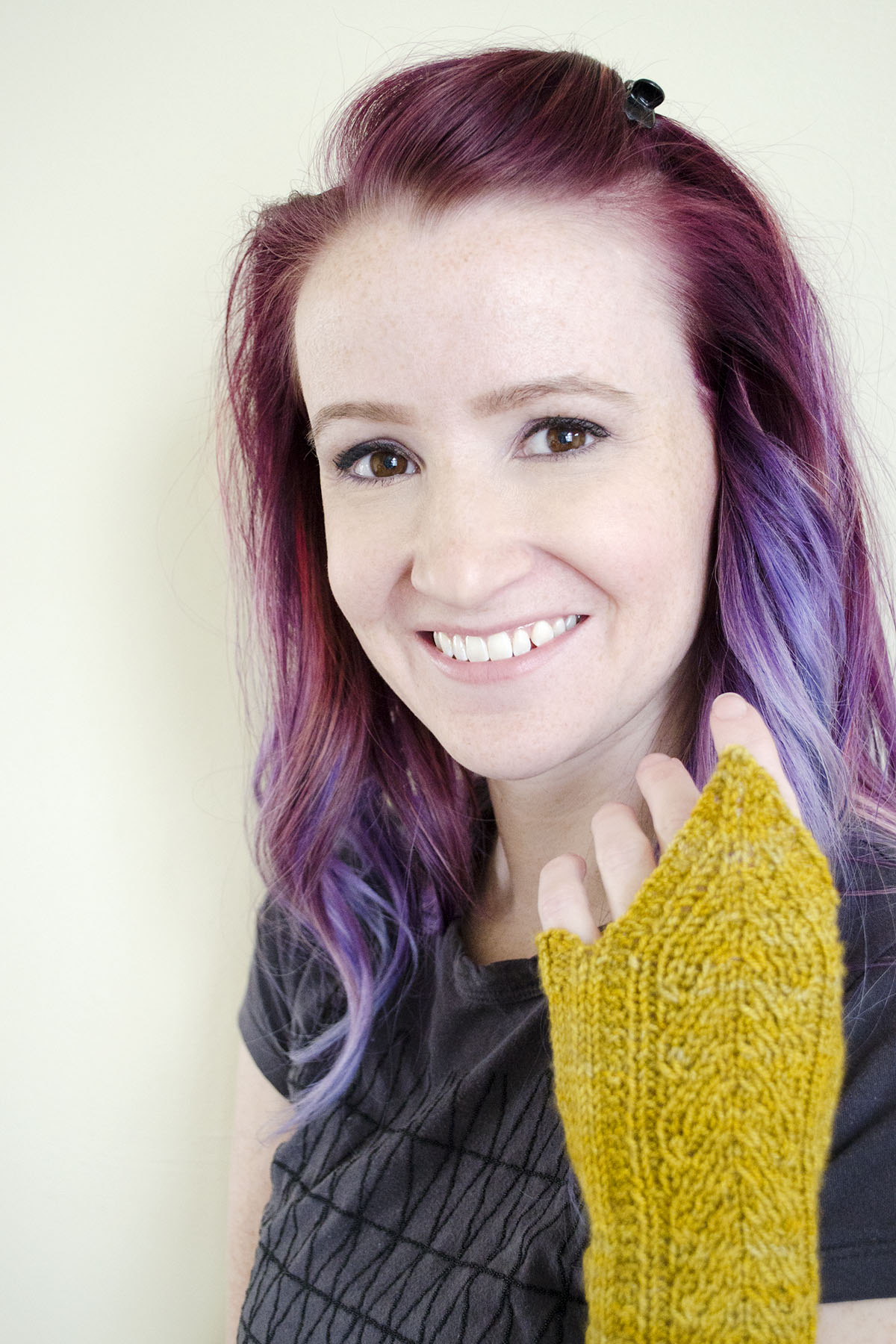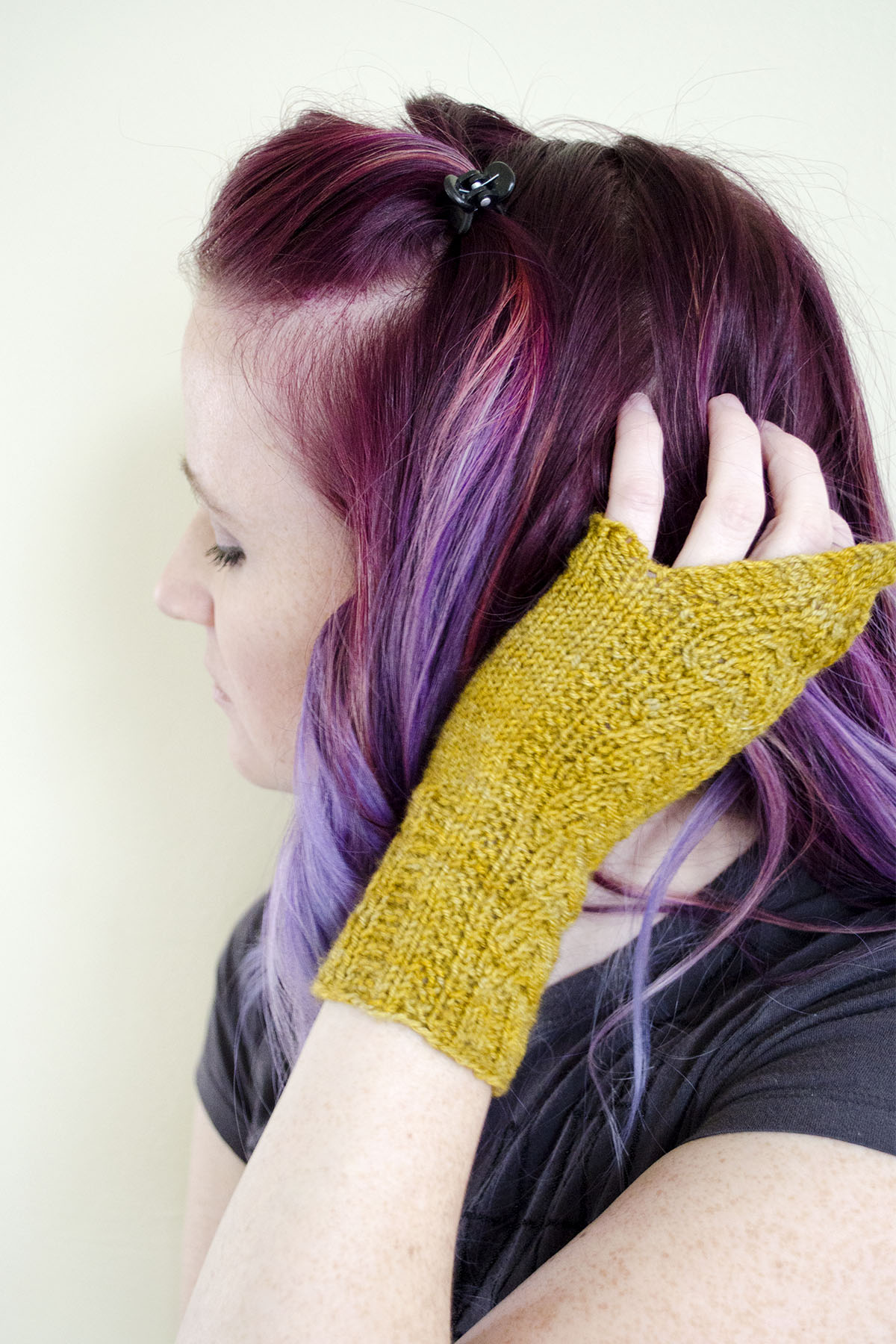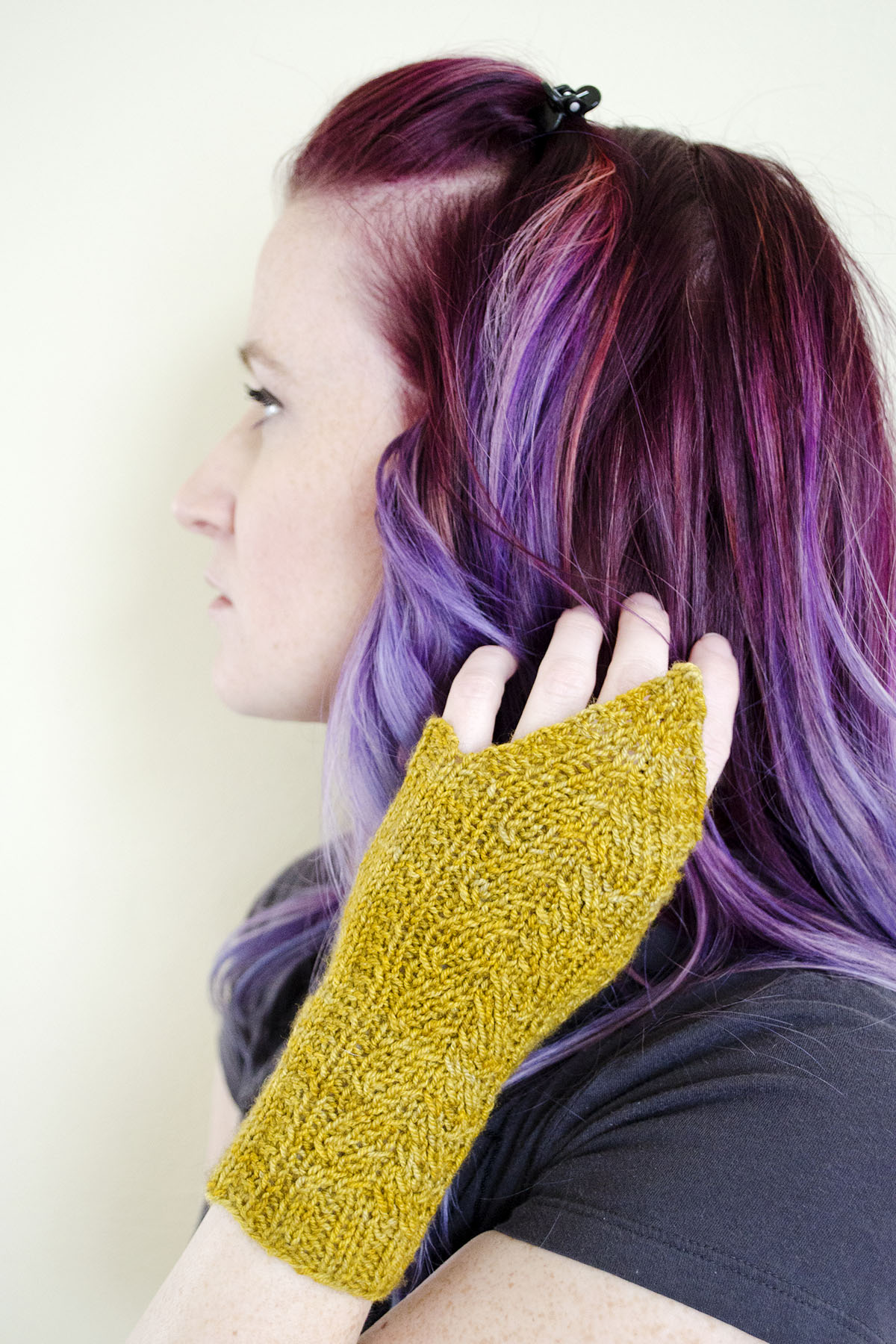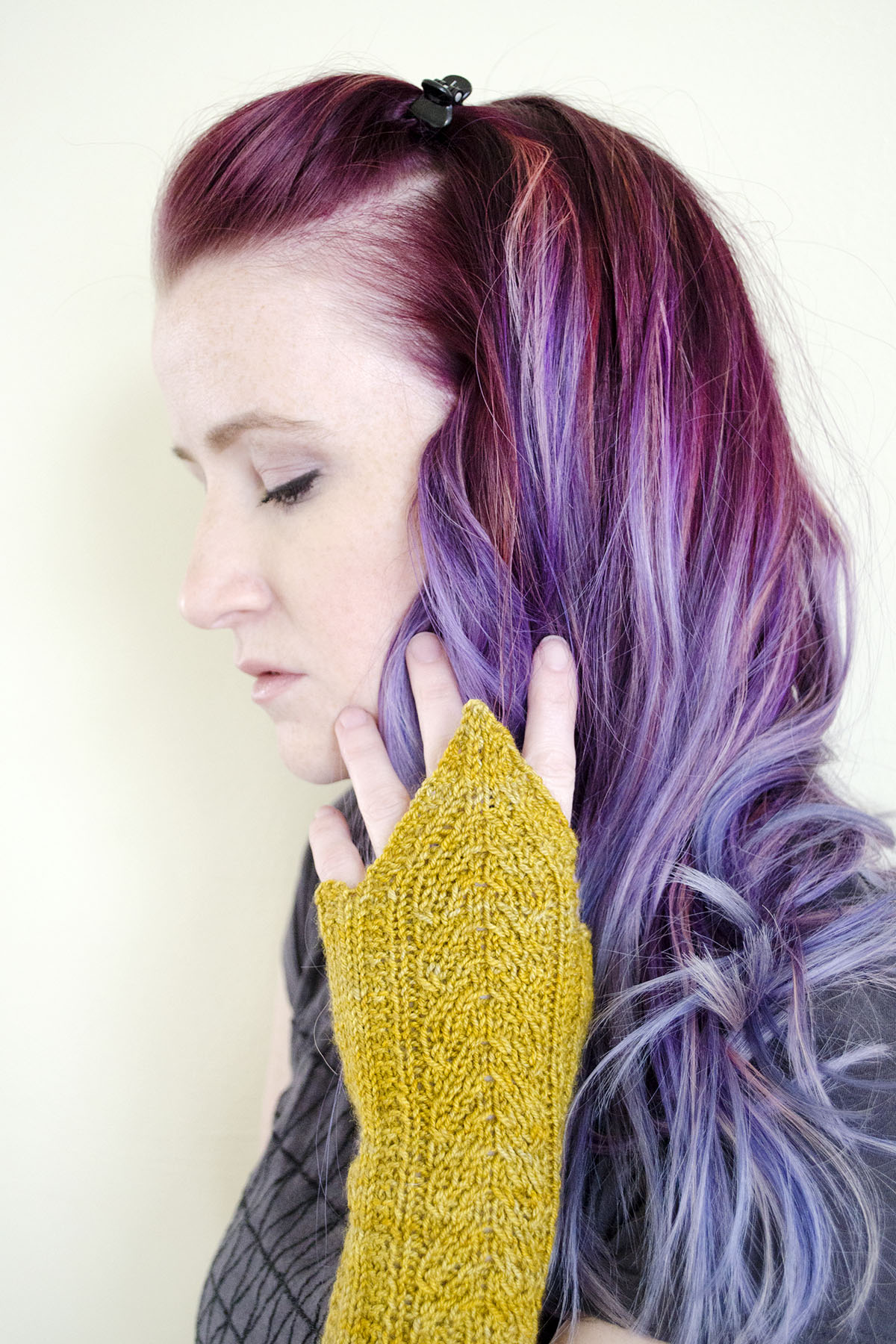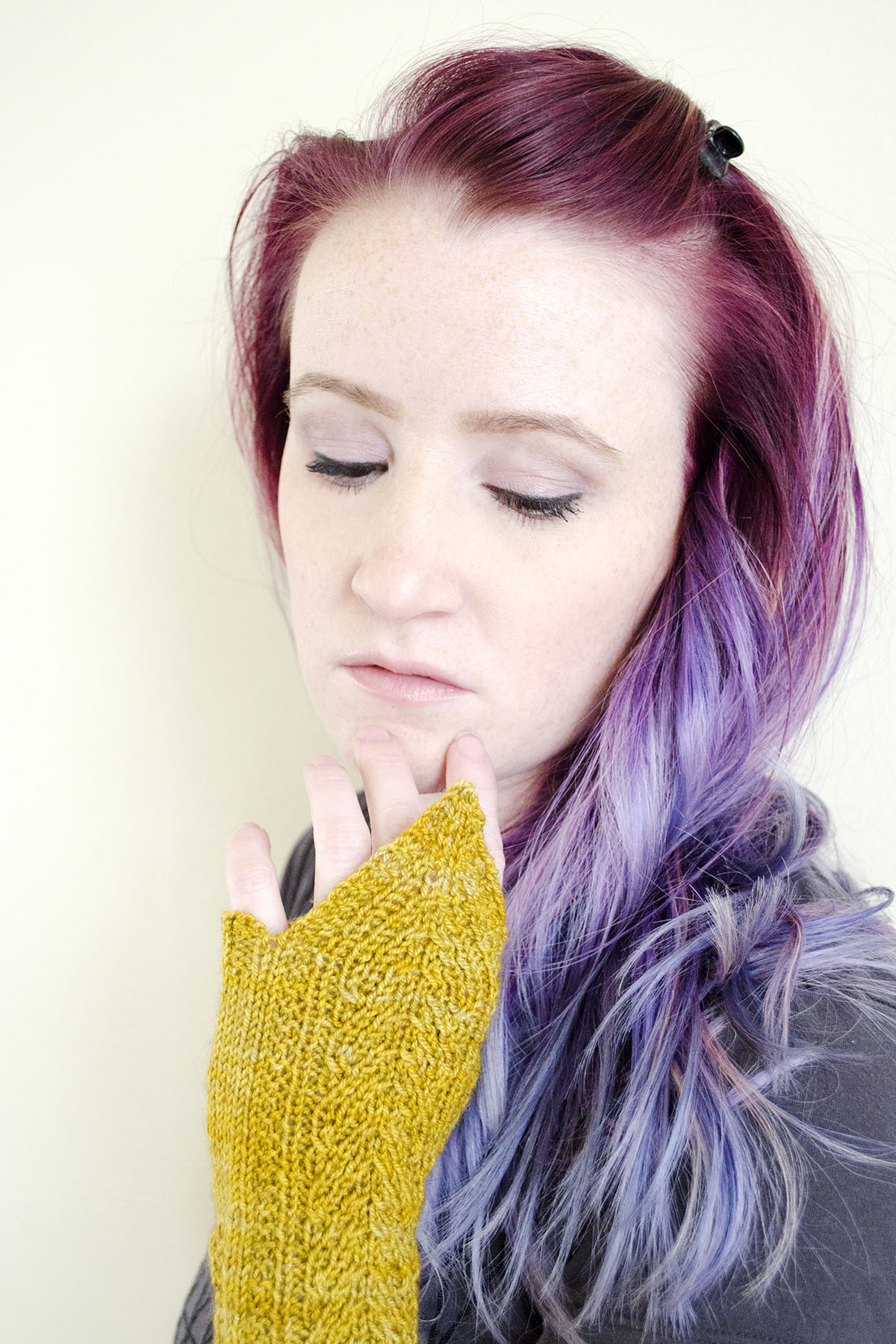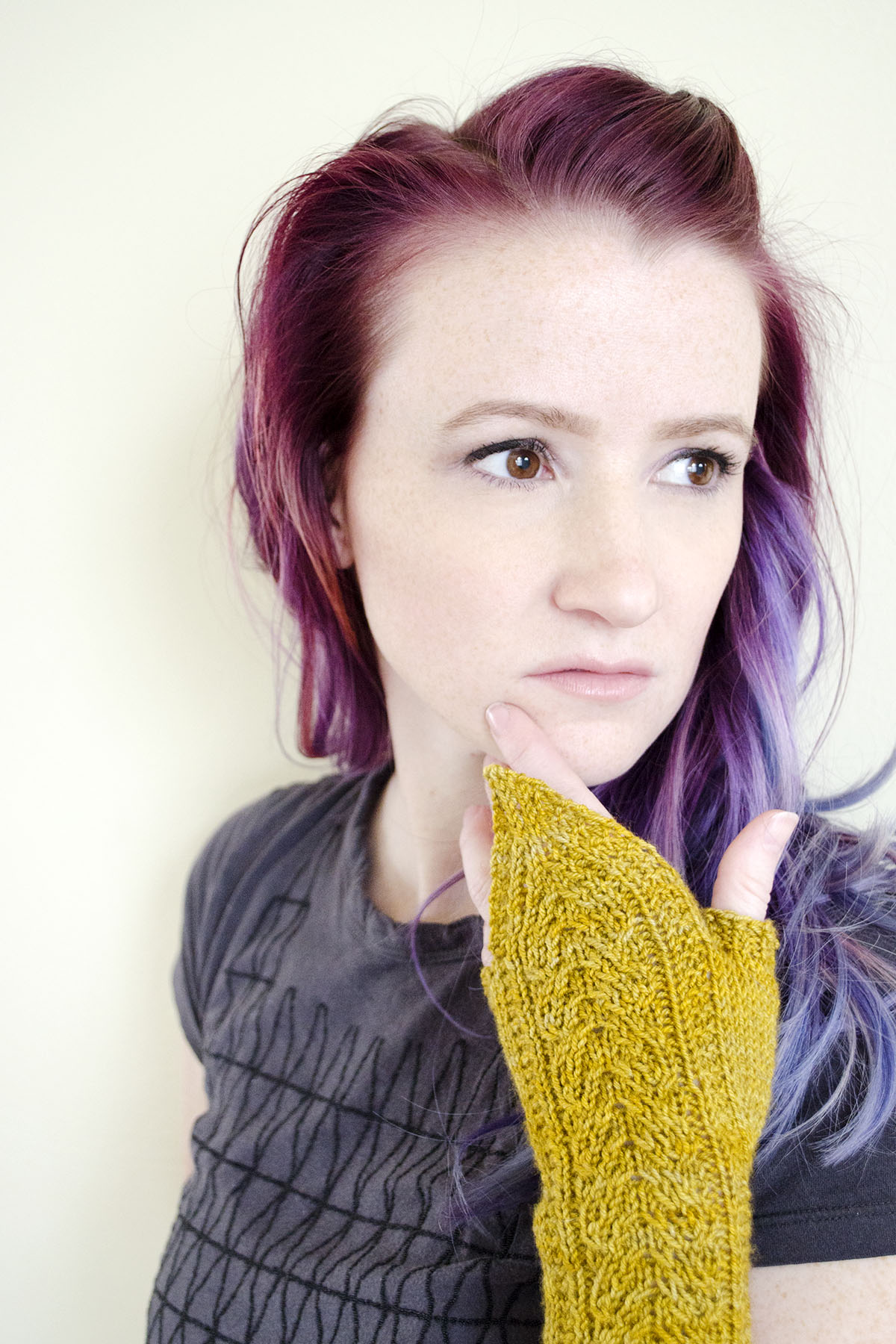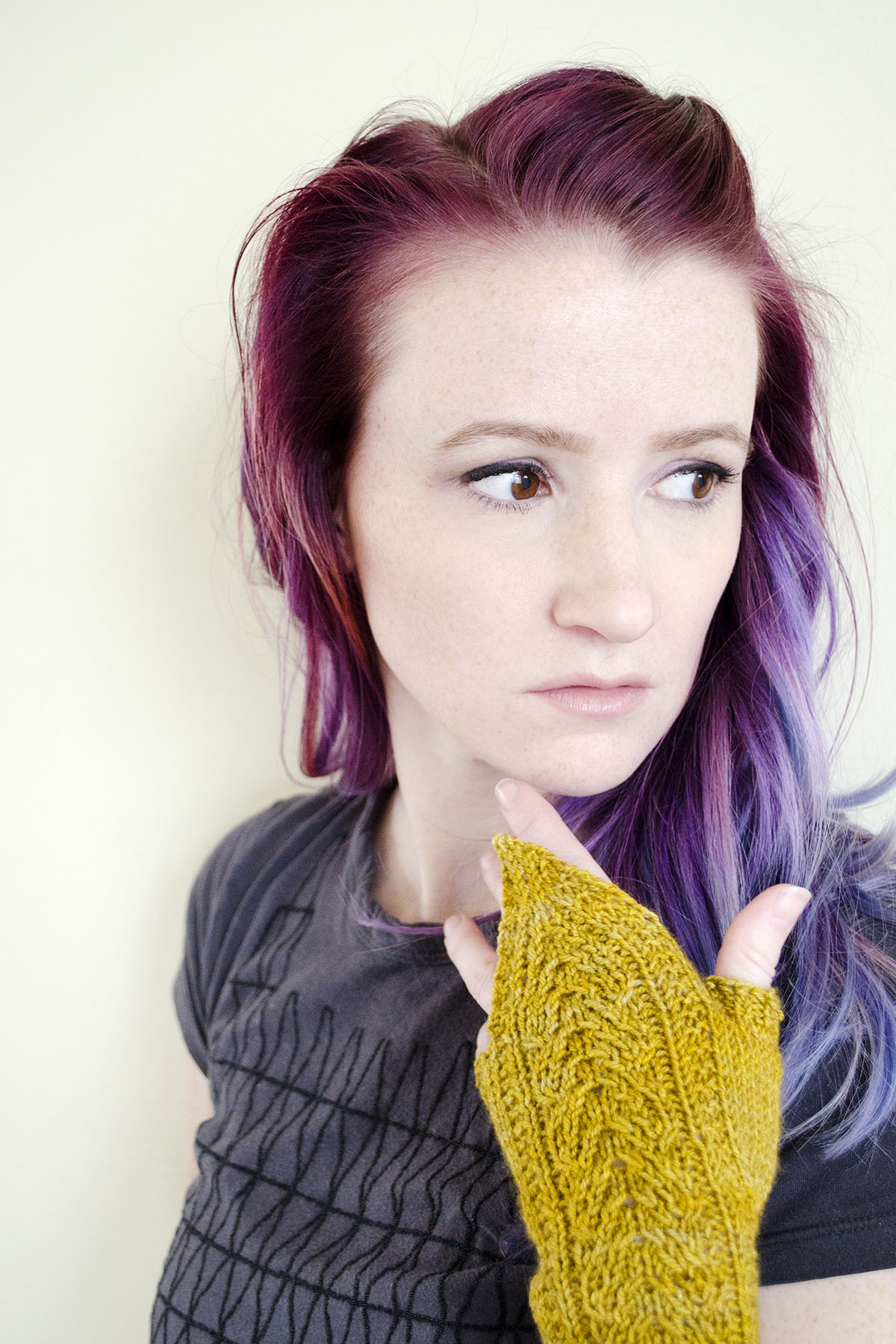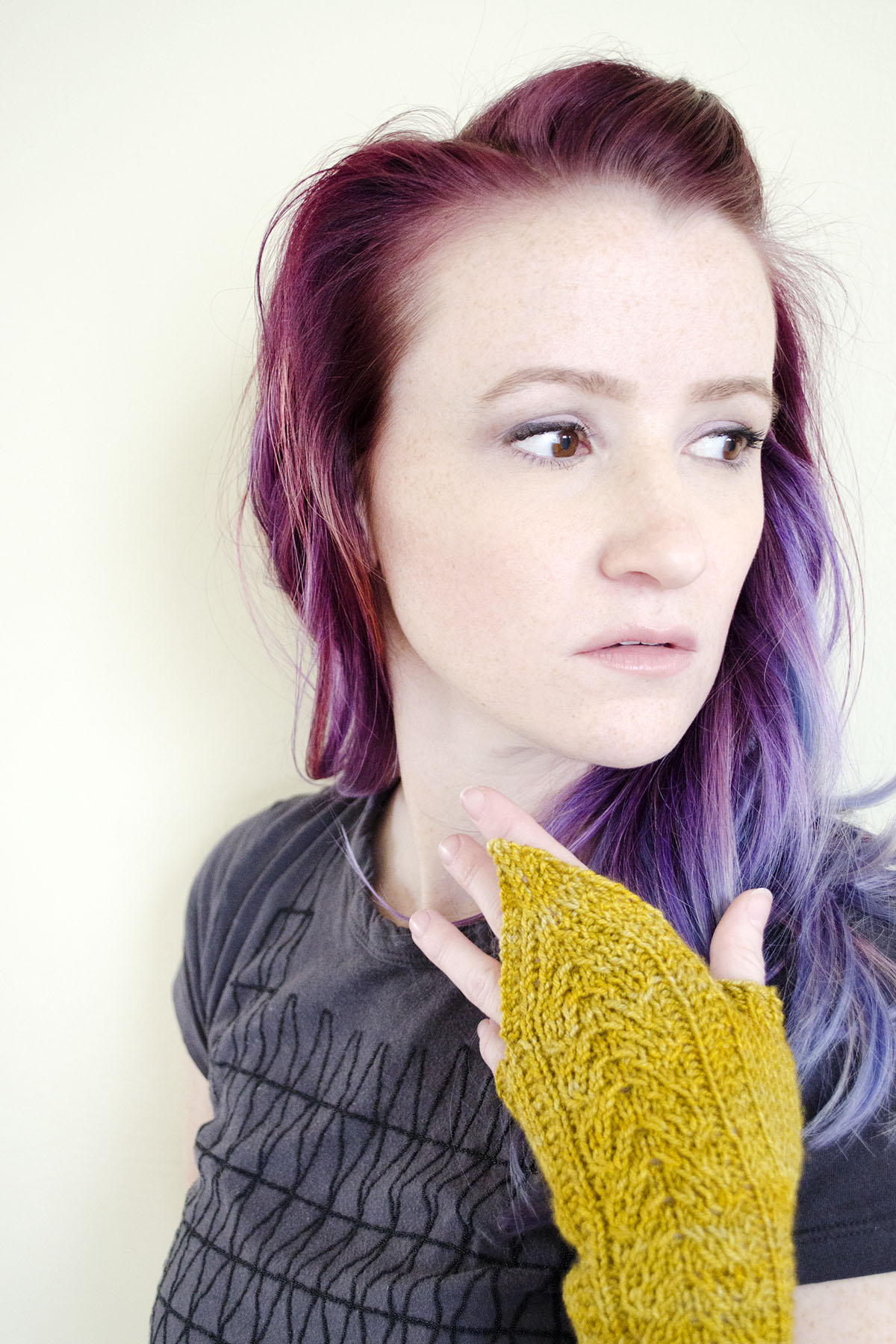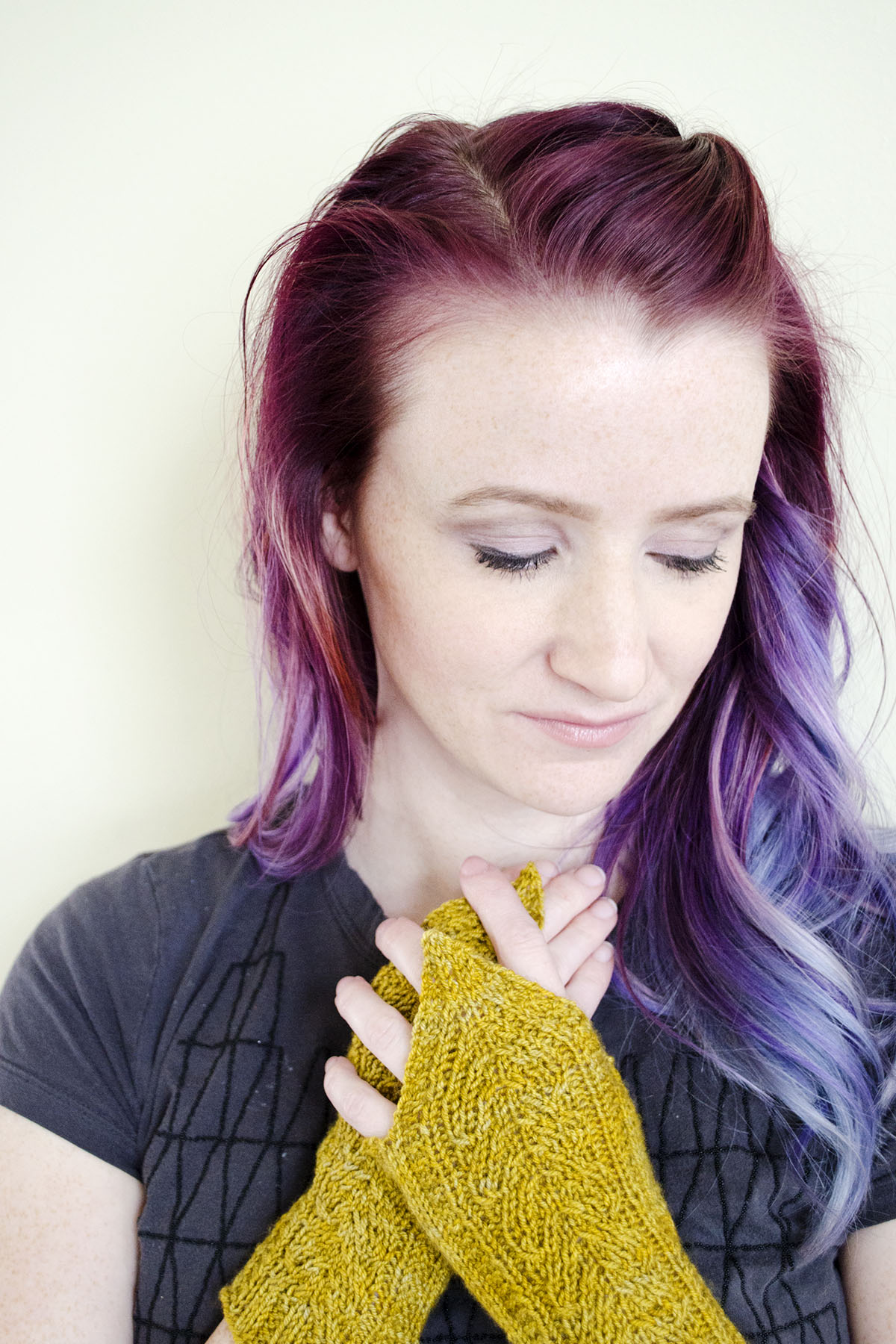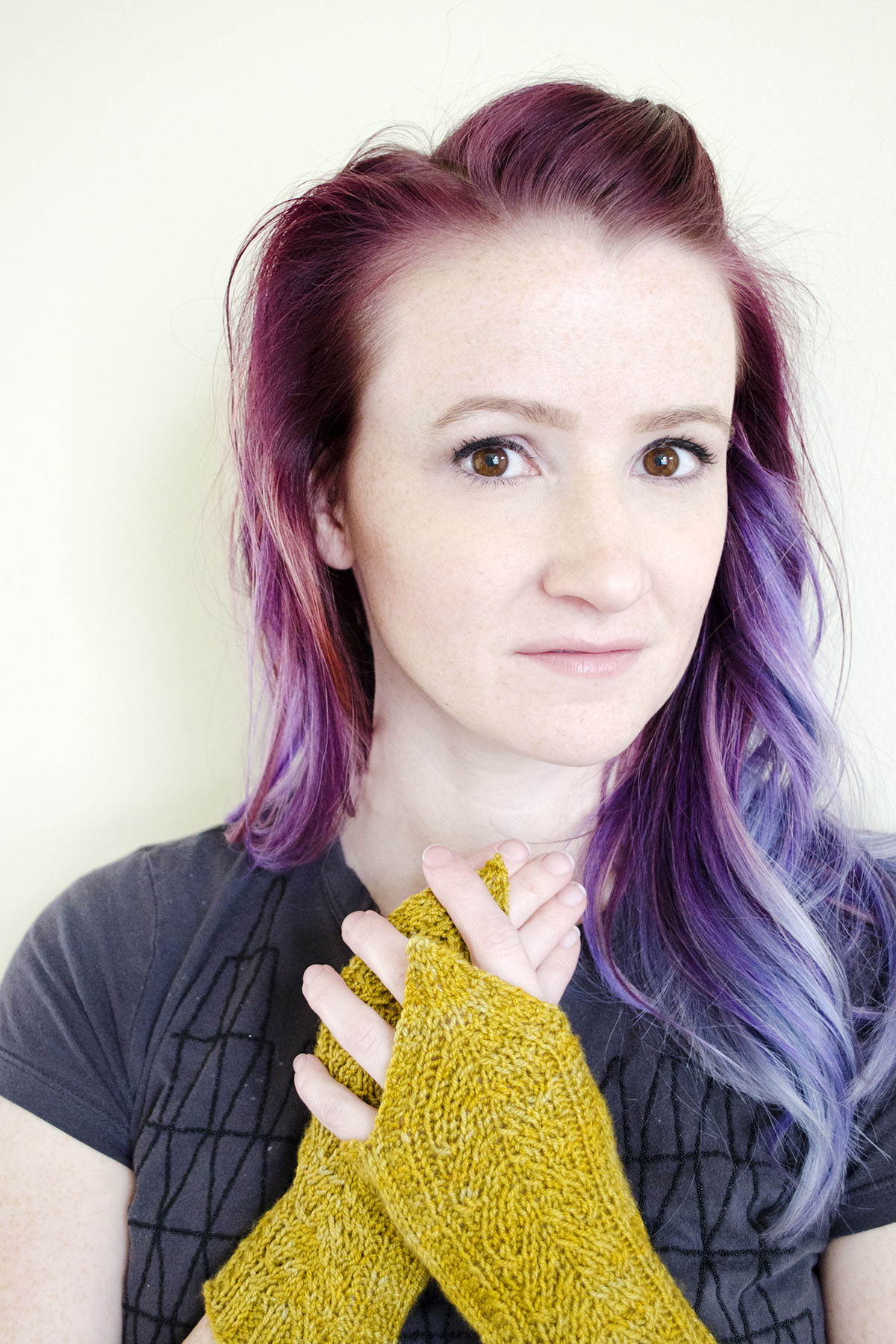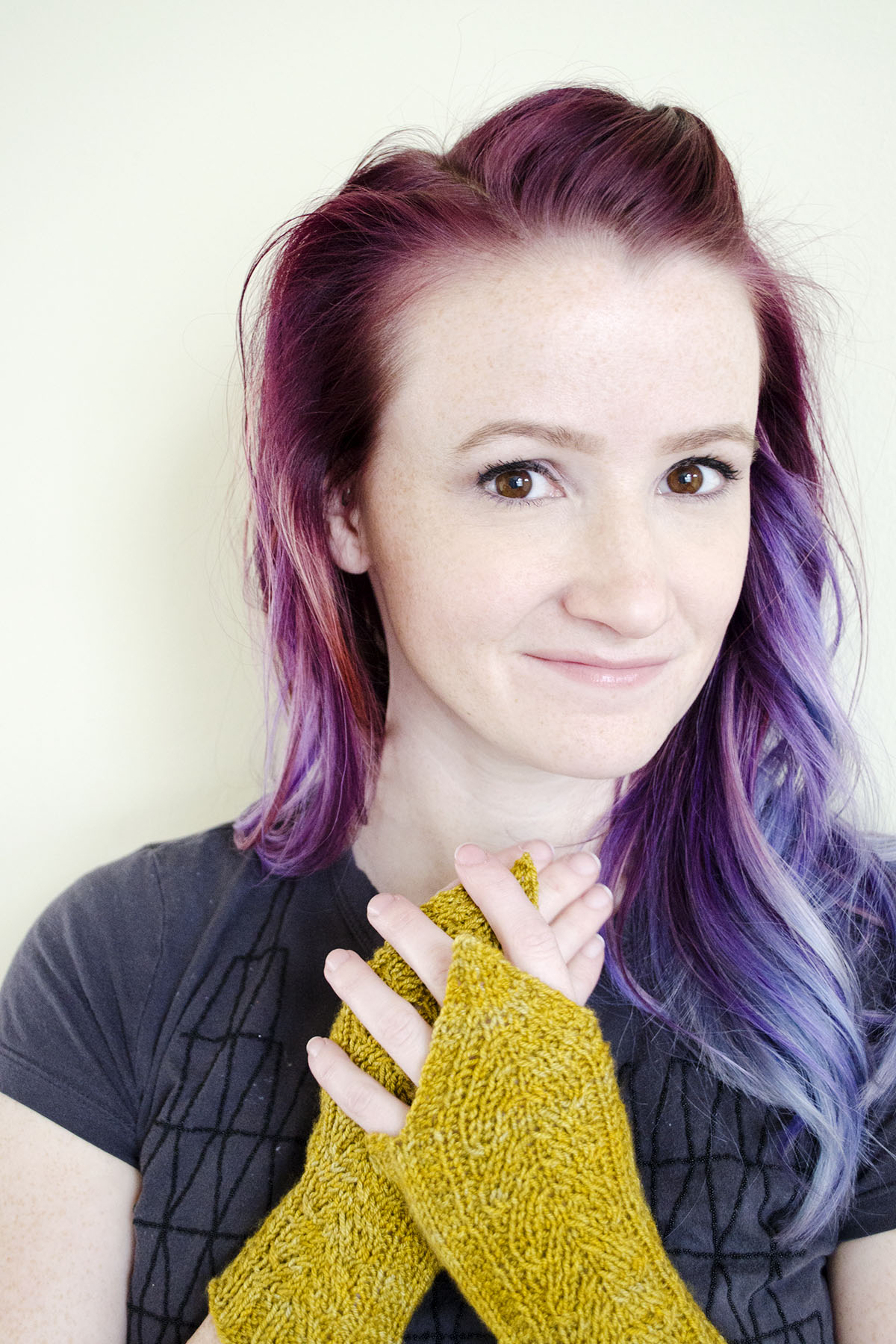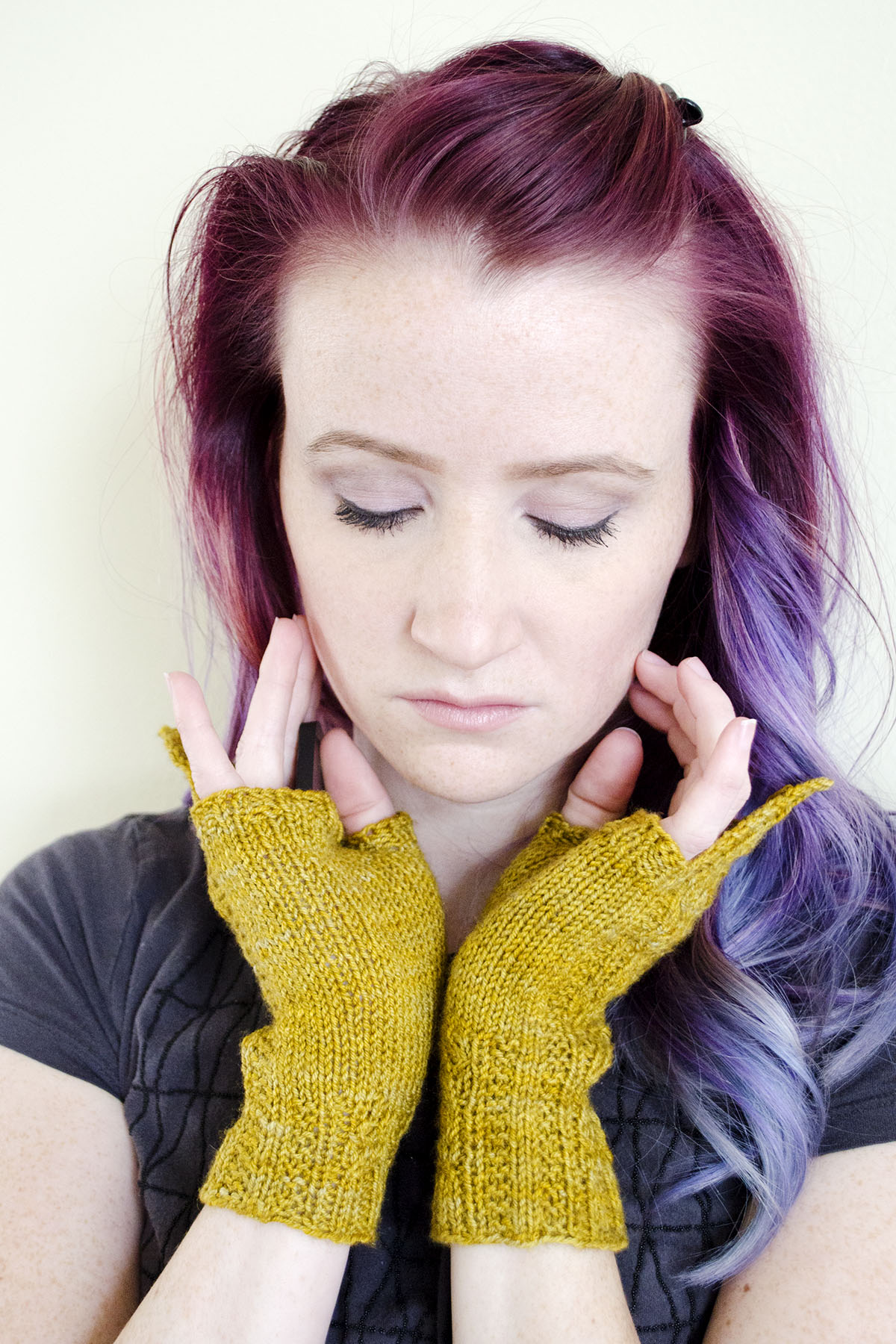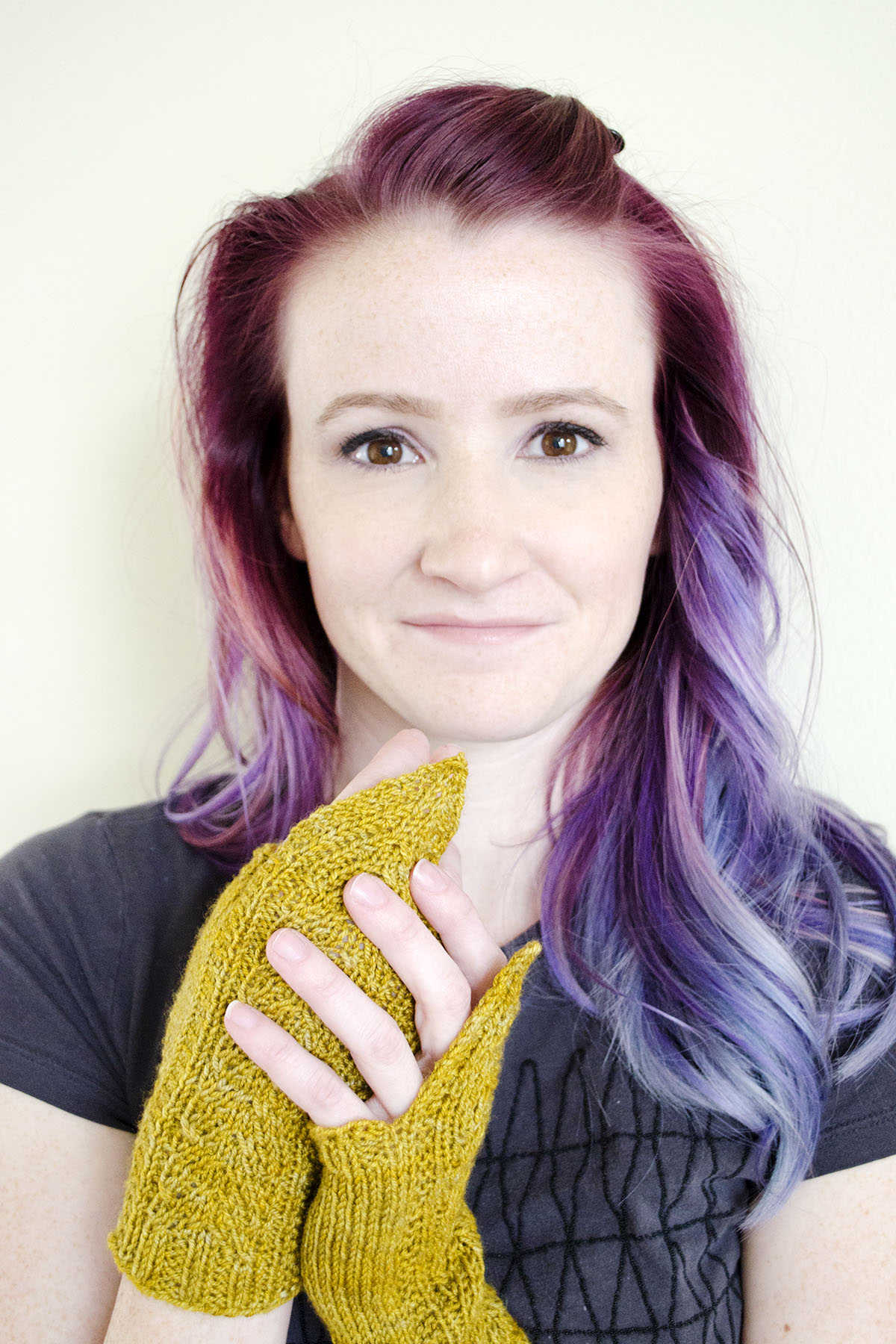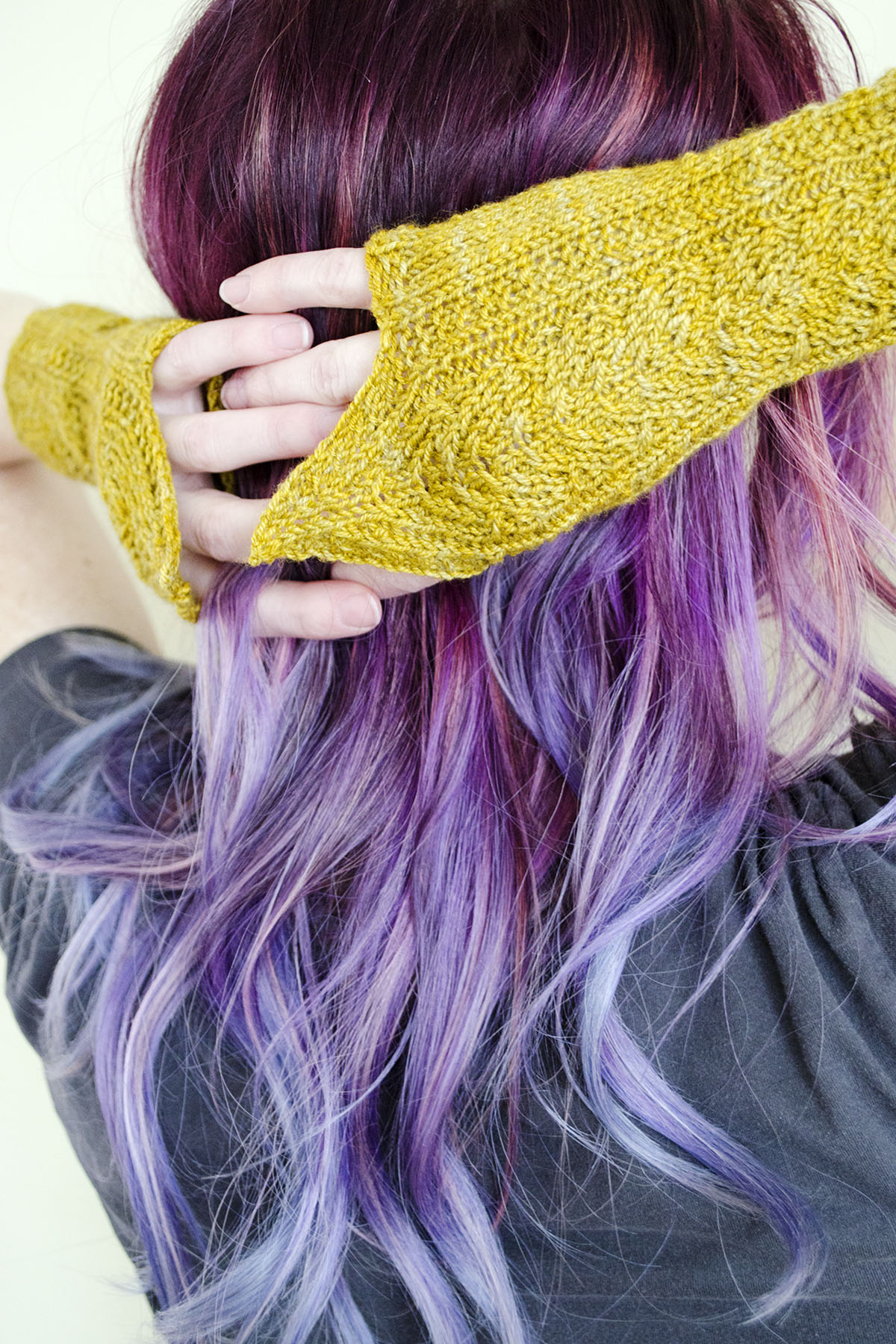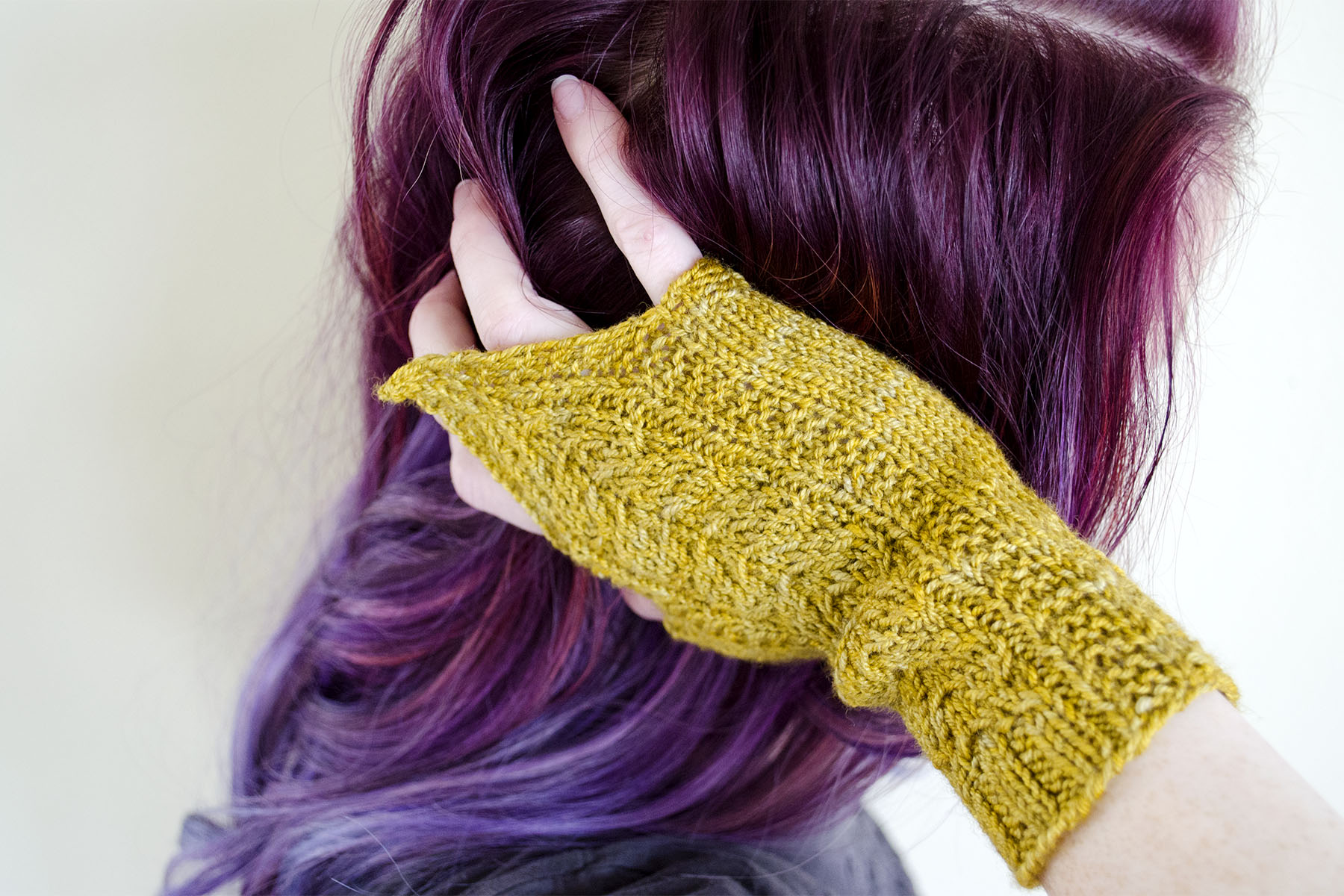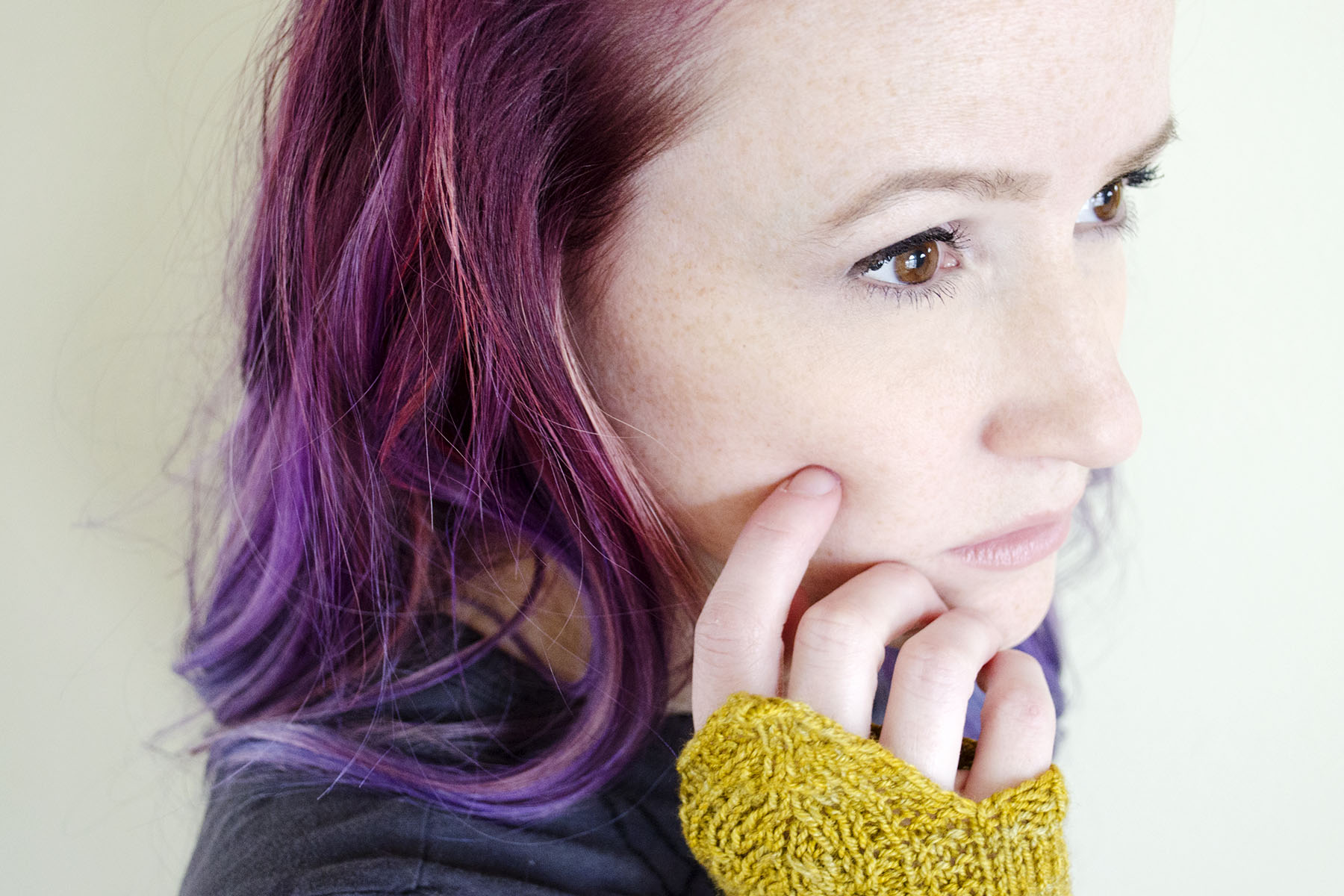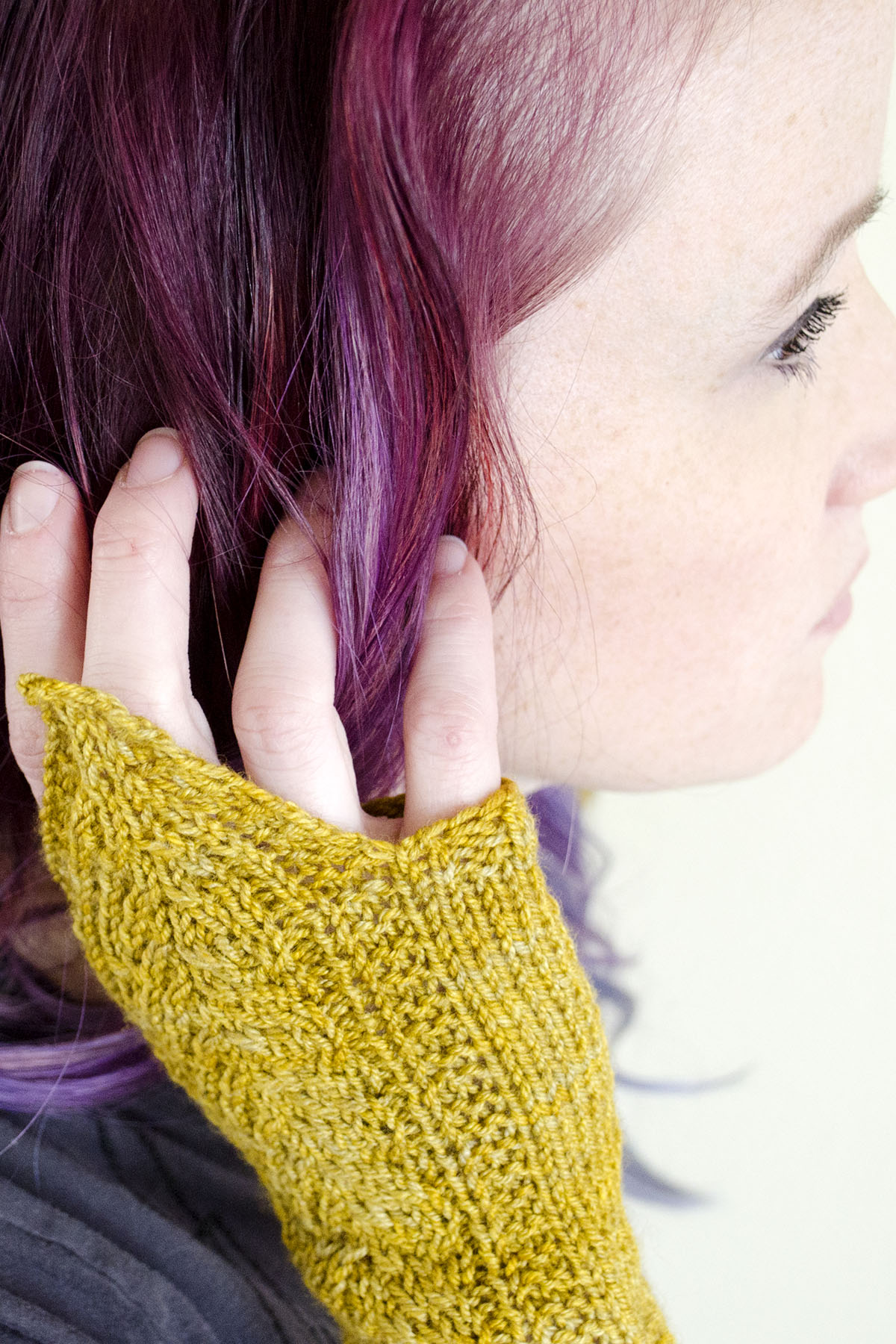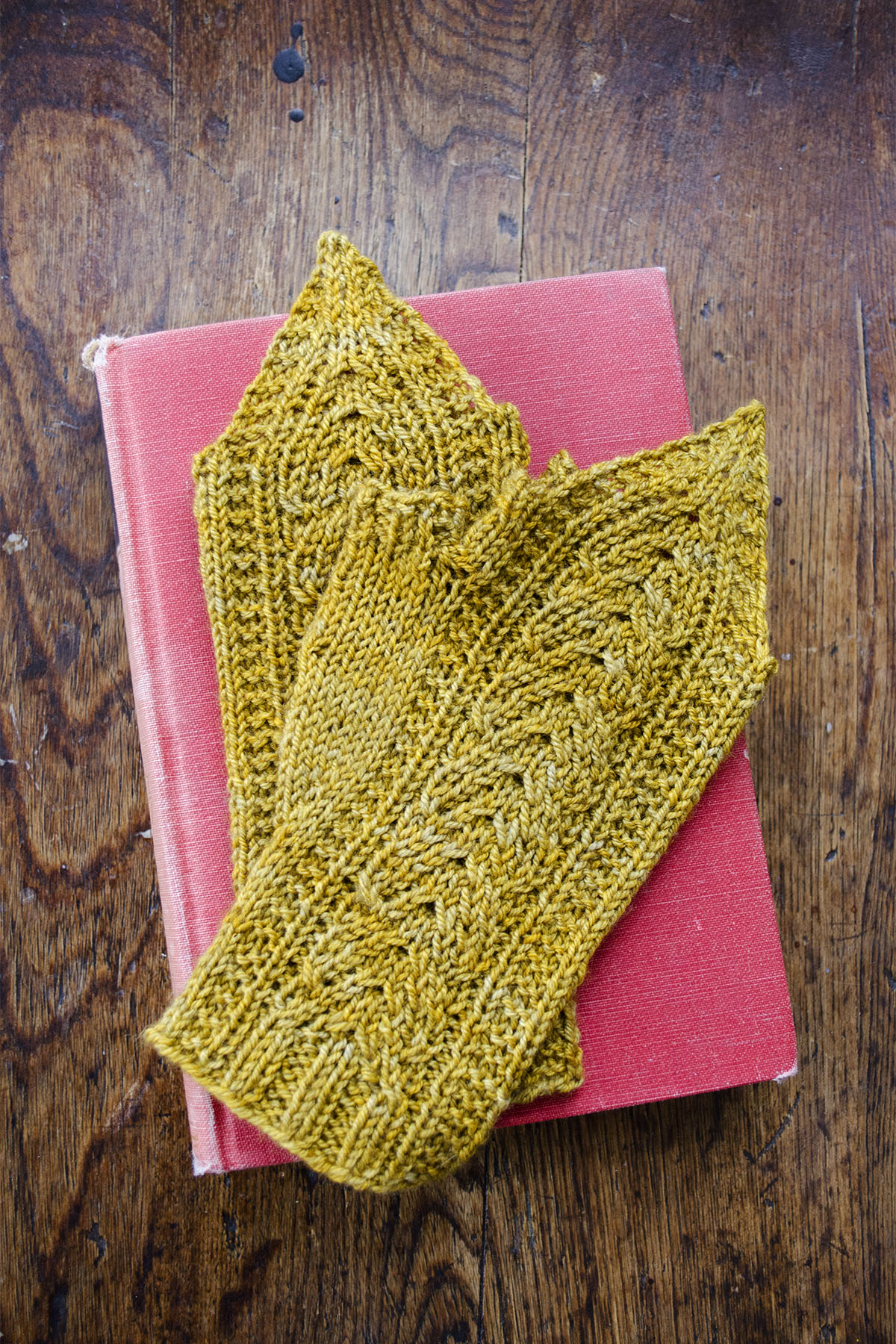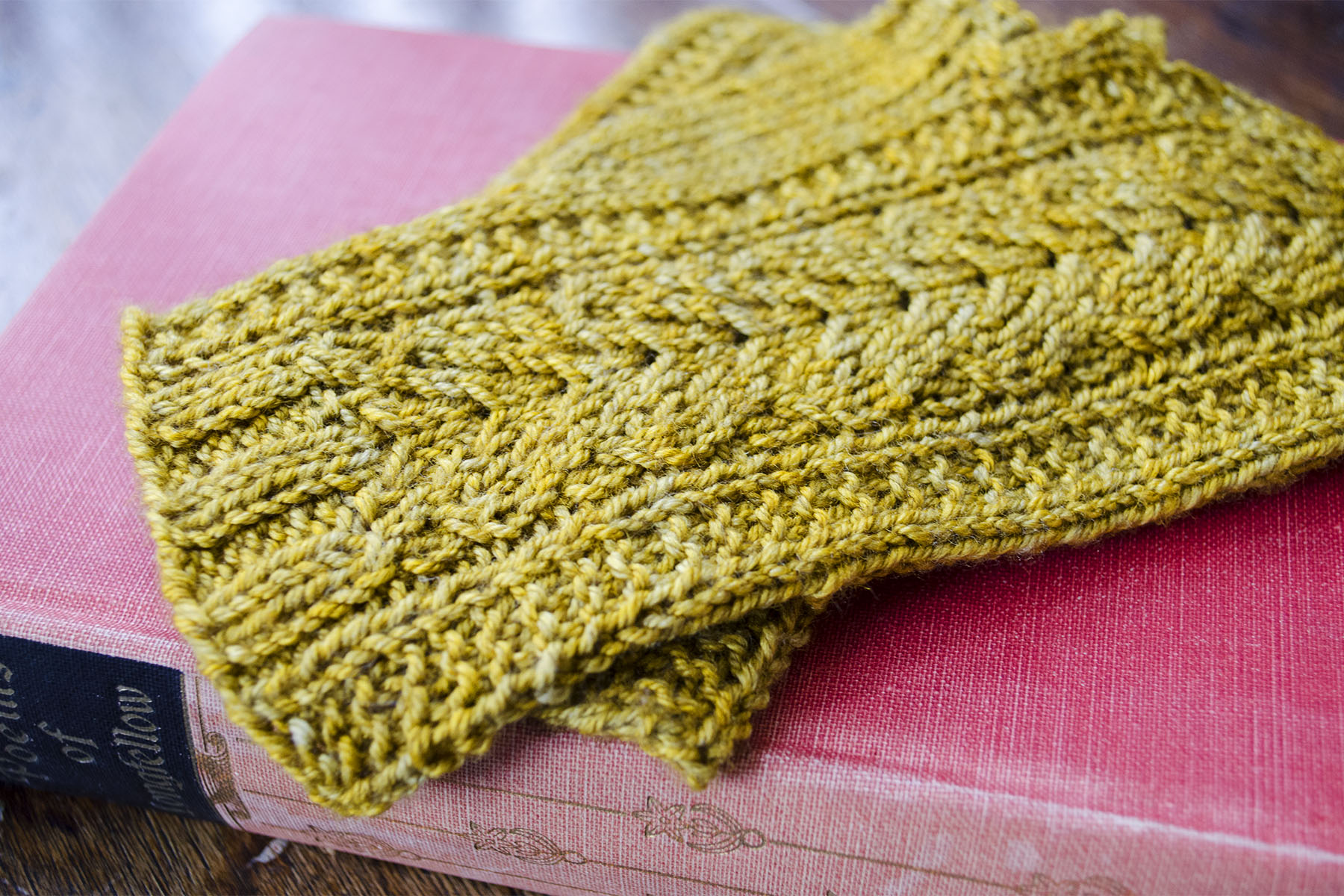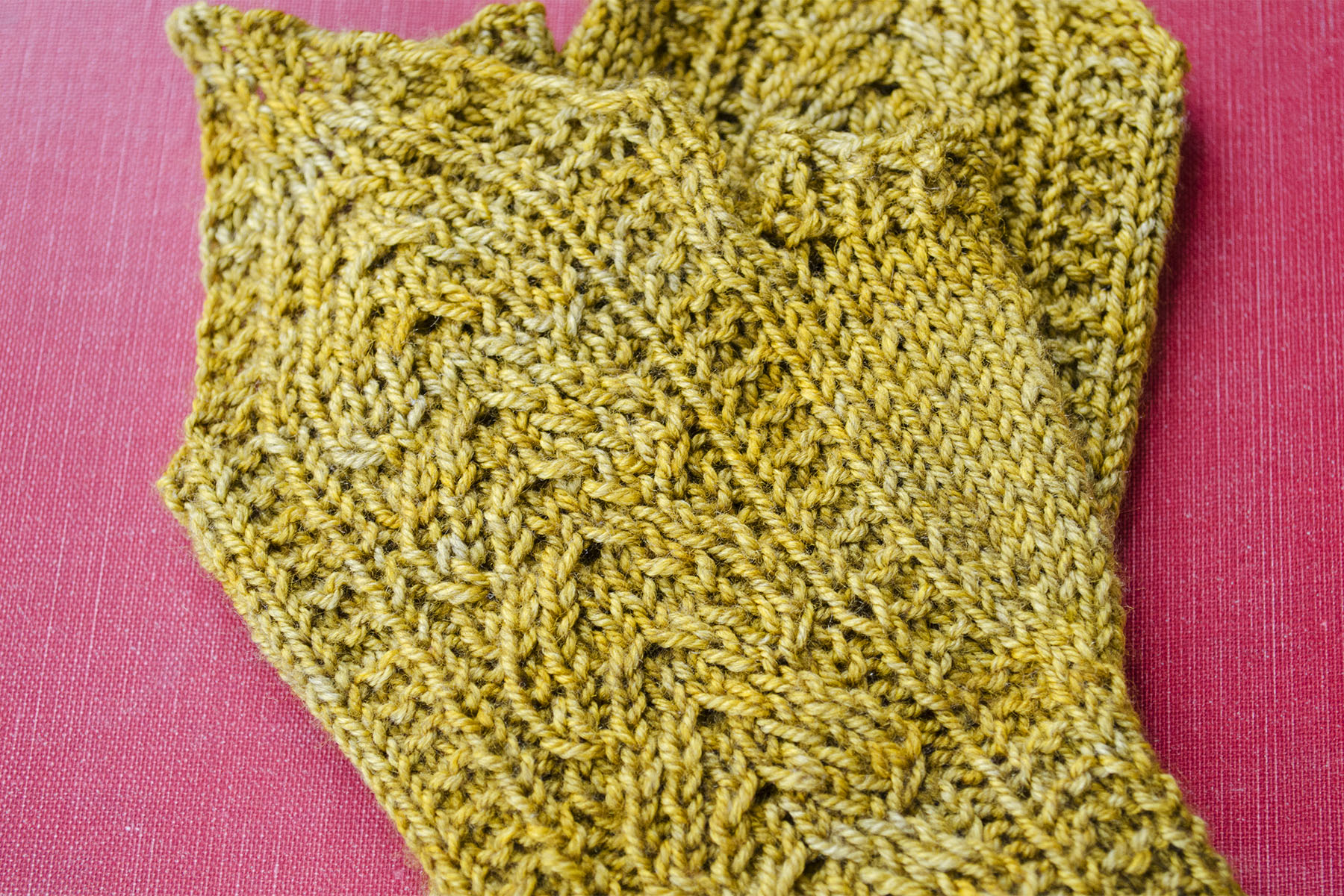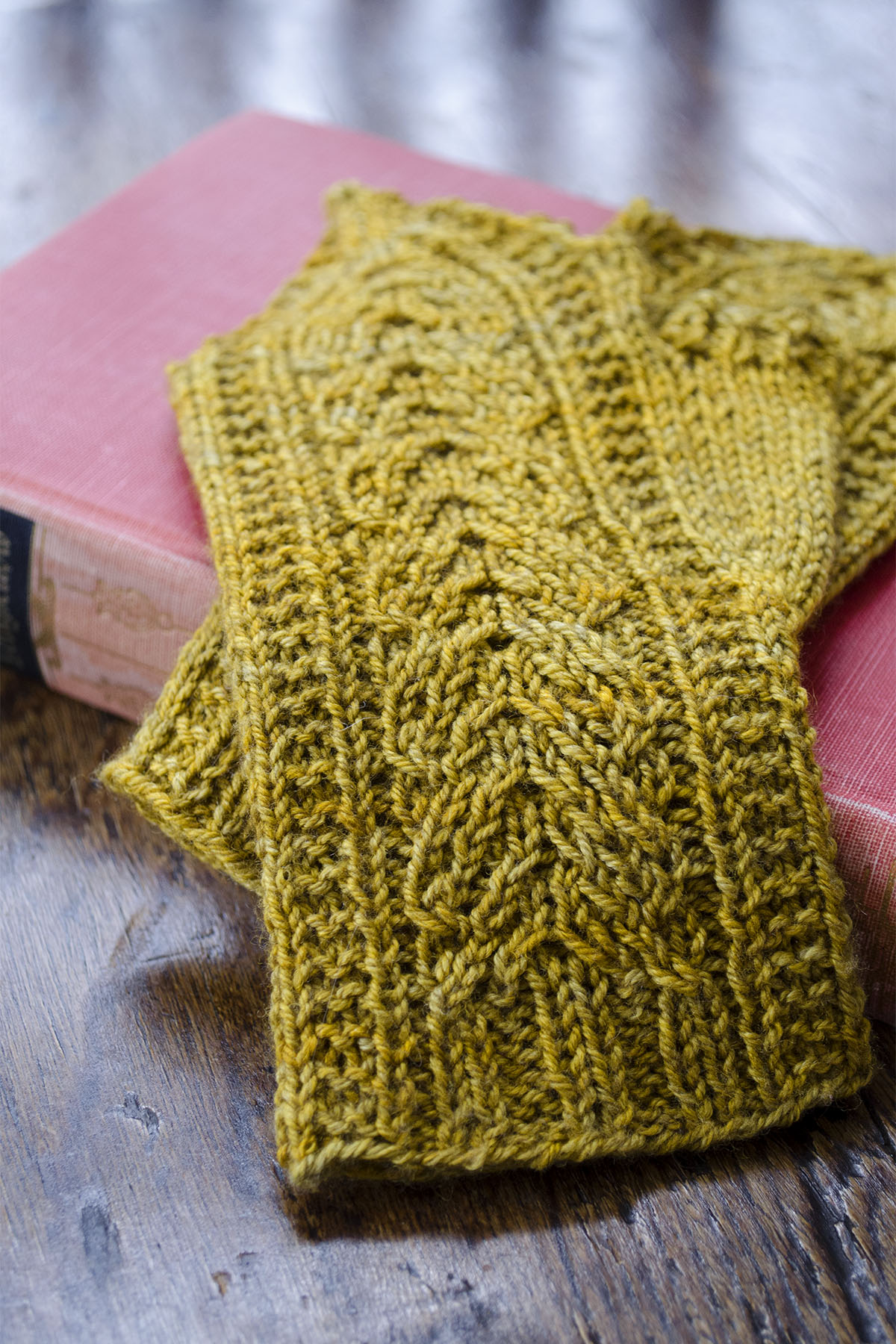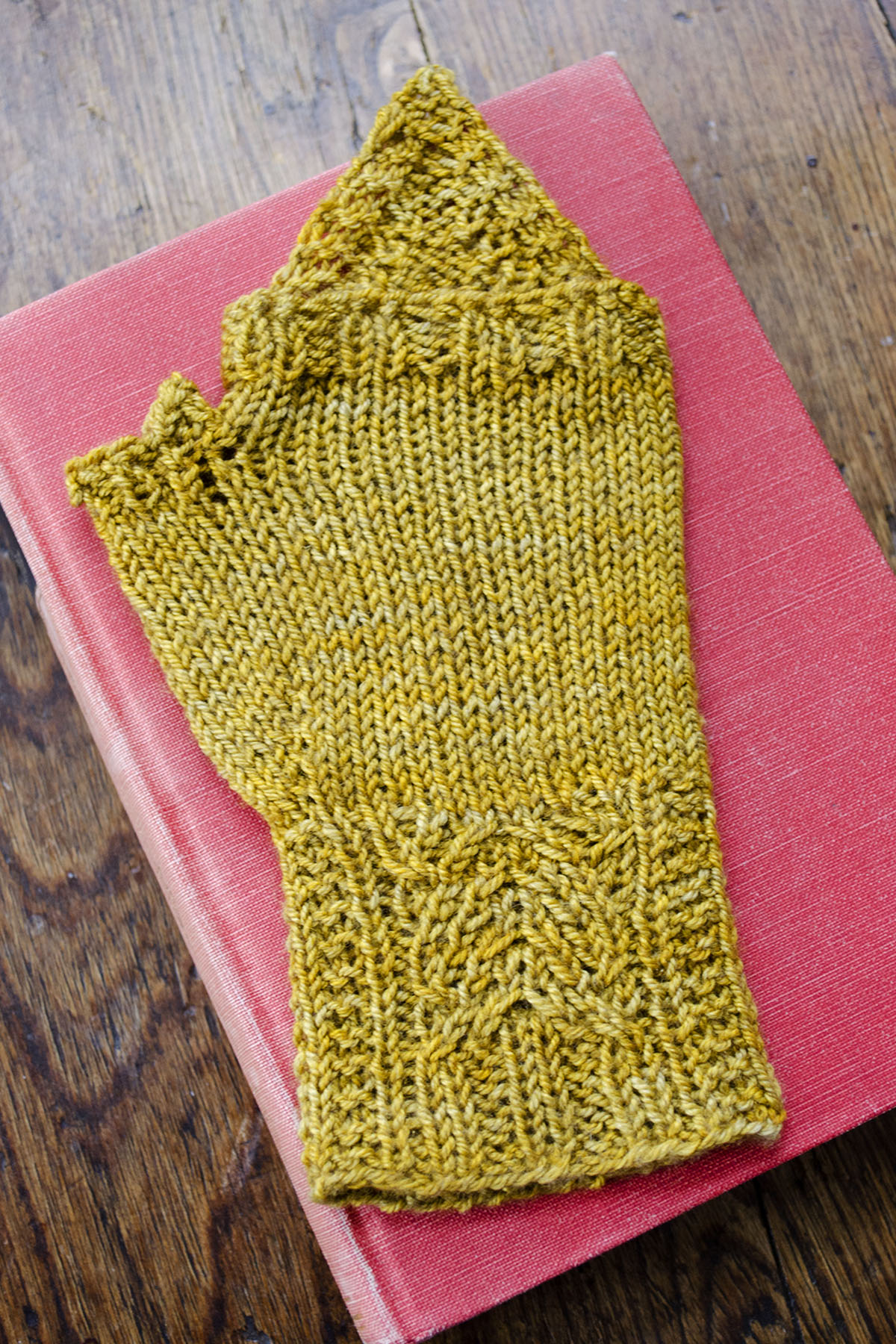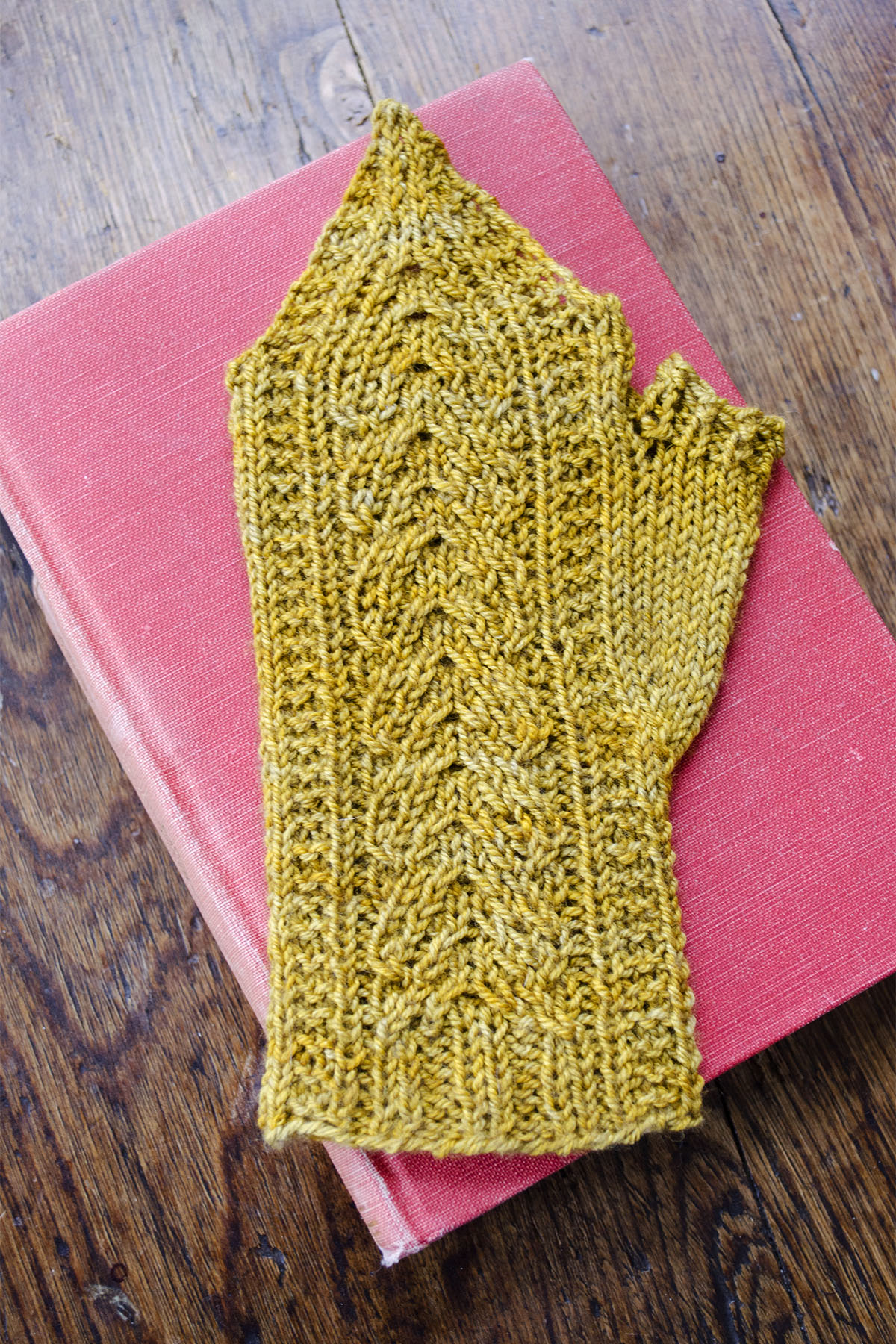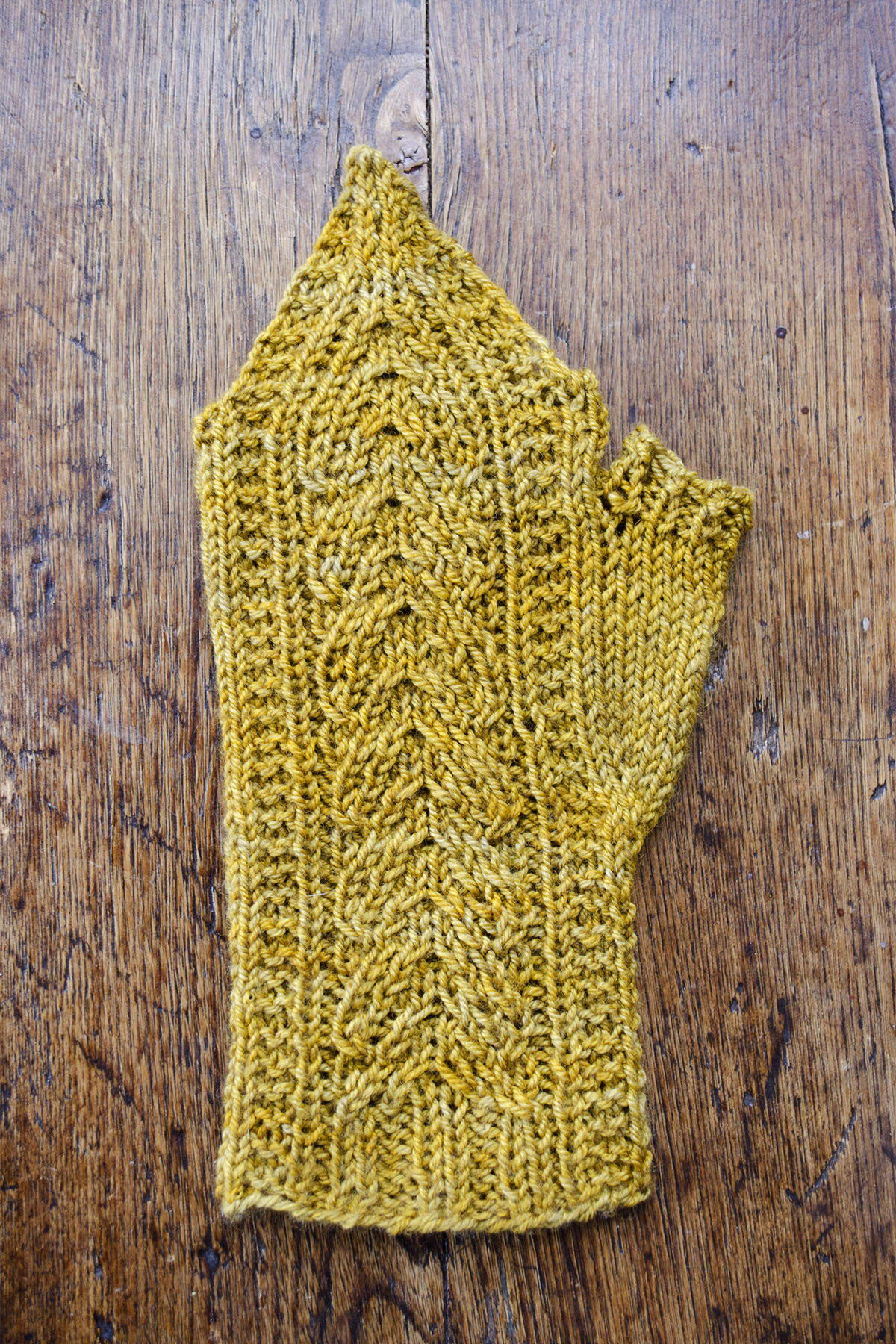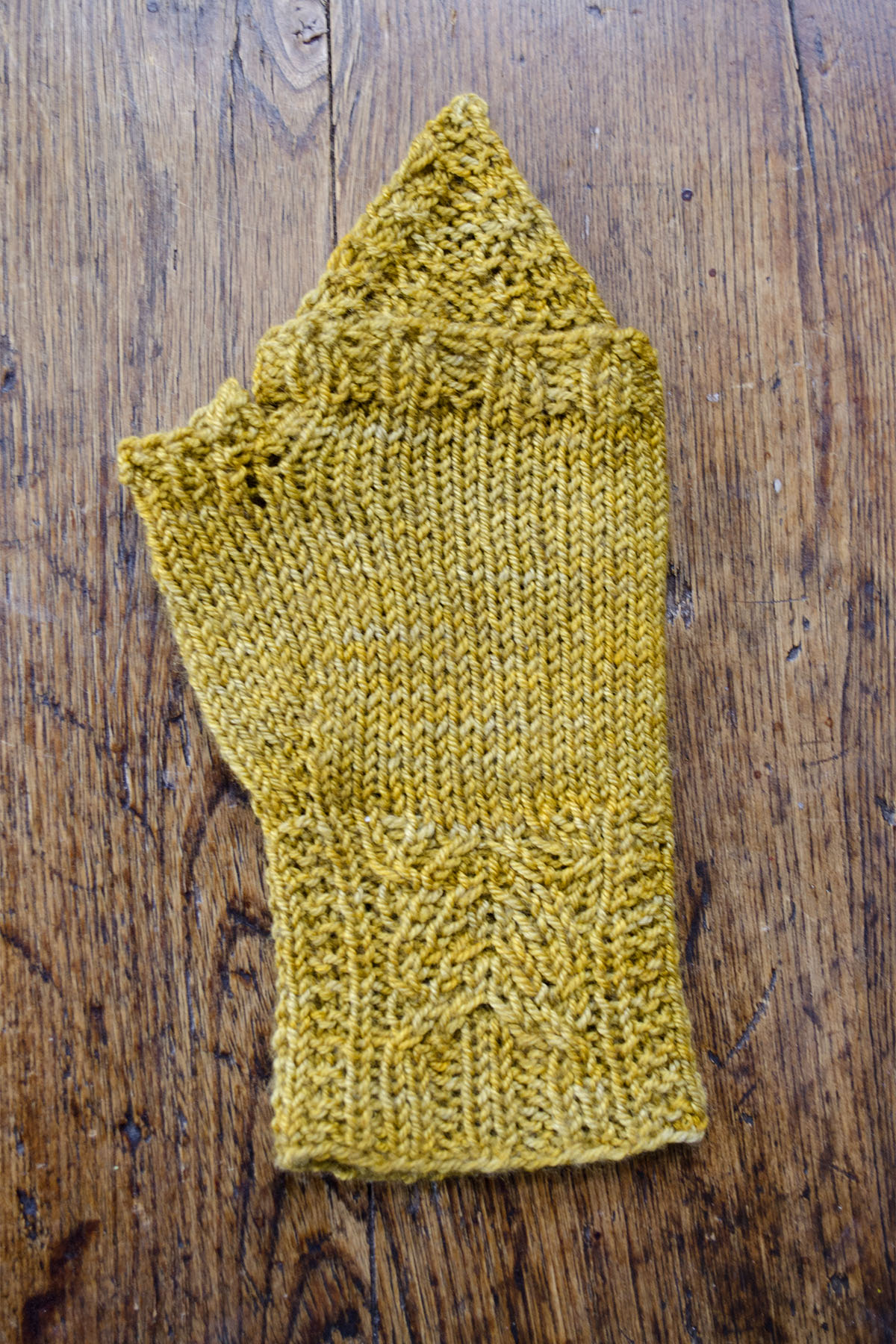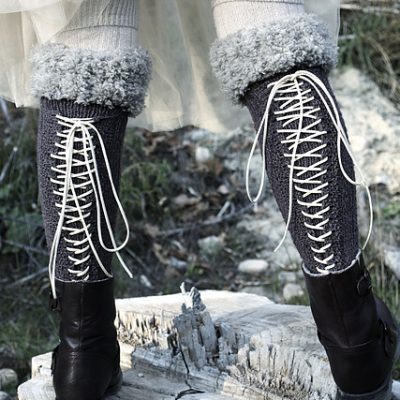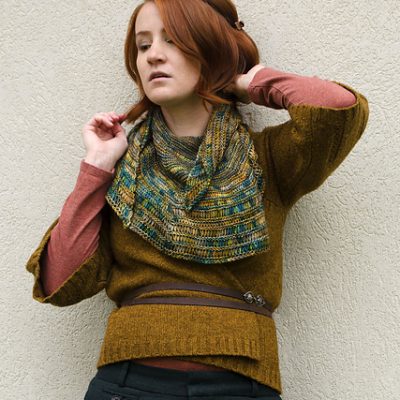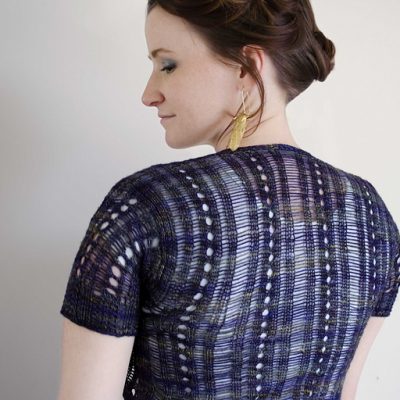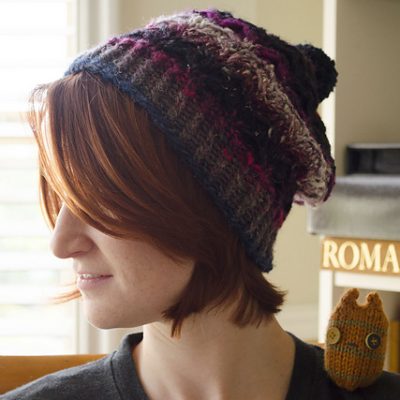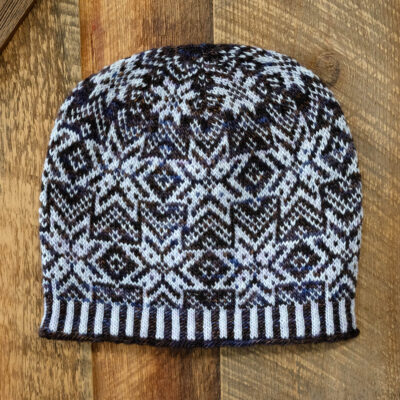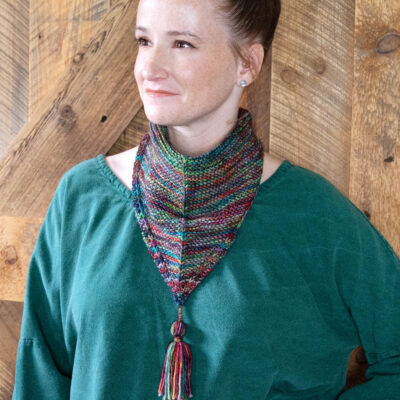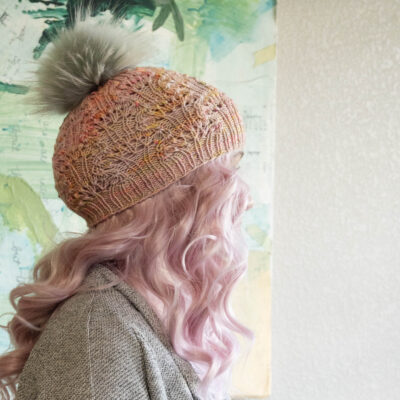$3.00
Product Description
Sizes: Extra-Extra Small (Extra Small, Small, Medium) (Large, Extra Large, Extra-Extra Large). This pattern is designed with a bit of negative ease.
| Size | Circumference in Inches | Circumference in Cm |
| 2X Small | 6 ½” | 16.5 |
| X Small | 7” | 18 |
| Small | 7 ½” | 19 |
| Medium | 8” | 20.5 |
| Large | 8 ½” | 21.5 |
| X Large | 9” | 23 |
| 2X Large | 9 ½” | 24 |
Yarn: 100 – 250 yards of sock weight yarn. Sample shown in Greenwood Fiberworks Yakity Yak colorway Tiger Lily Gold.
Needles: Size US 3/3.25 mm circular needles with a long (40”/100 cm) cable, or double-point needles if preferred for working in the round.
Gauge: 24 stitches and 36 rows = 4”/10 cm in Stockinette stitch.
Notions: 8 regular stitch markers, 1 locking stitch marker, a cable needle (optional, see this tutorial on the best way to cable without a cable needle: https://youtu.be/AT8lbohPVHA ) and waste yarn or small stitch holder.
Techniques: Knitting in the round, Garter stitch, Stockinette stitch, basic increases and decreases, chart reading, and cabling.
Pattern Notes: Always fearsome, Thorin is an adversary not to be underestimated. Luckily these mitts are much less forbidding than the character they’re inspired by! I had to use gold yarn for this pattern, but any semi solid – solid yarn will do the trick. I would not recommend brightly variegated yarn for this design; the cabling will be lost in the noise. This design is worked from the cuff down.
The sizing on this pattern span from a small woman up to a large man. Make sure you check your palm measurement to ensure you are casting on for the right size! This unisex pattern looks just as great on a man as it does on a woman.
This pattern is written for 1 long, circular needle using the Magic Loop method. If you prefer to use 5 double-point needles, the pattern is easy to convert. After casting on, divide the sts over the 4 needles so that the first and second needles combined have the same number of stitches as the third and fourth needle combined. Then, anytime the pattern refers to “Needle 1,” that will actually comprise the stitches on your 1st and 2nd needles together. Anytime the pattern refers to “Needle 2,” that will actually comprise the stitches on your 3rd and 4th needle.
Photos

